Is a Prolapsed Bladder Painful? Understanding Causes, Symptoms, and Treatments
What are the symptoms of a prolapsed bladder. How is a prolapsed bladder diagnosed. What treatment options are available for a prolapsed bladder. Can a prolapsed bladder heal on its own. How can you prevent a prolapsed bladder.
Understanding Prolapsed Bladder: Causes and Risk Factors
A prolapsed bladder, also known as a cystocele or fallen bladder, occurs when the supporting tissues between a woman’s bladder and vaginal wall weaken, causing the bladder to descend into the vagina. This condition can lead to various urinary issues and discomfort. But what causes this condition?
The primary causes of a prolapsed bladder include:
- Childbirth: The most common cause, as the delivery process stresses vaginal tissues and muscles
- Menopause: Decreased estrogen production weakens pelvic floor muscles
- Straining: Lifting heavy objects, chronic coughing, or long-term constipation can damage pelvic floor muscles
- Aging: Natural weakening of pelvic tissues over time
- Obesity: Excess weight puts additional pressure on pelvic organs
- Hysterectomy: Removal of the uterus can affect pelvic floor support
Does age increase the risk of developing a prolapsed bladder? Yes, the risk increases with age, particularly after menopause. However, younger women who have given birth or experienced pelvic trauma may also develop this condition.

Recognizing the Symptoms: When to Seek Medical Attention
Identifying the symptoms of a prolapsed bladder is crucial for timely intervention. Common symptoms include:
- A feeling of pressure or fullness in the vagina
- Visible tissue protruding from the vagina
- Difficulty urinating or feeling of incomplete bladder emptying
- Stress incontinence
- Frequent urinary tract infections
- Pain during sexual intercourse
- Lower back pain
Are all prolapsed bladders symptomatic? Not necessarily. Mild cases (Grade 1) may not present noticeable symptoms. However, as the condition progresses, symptoms typically become more apparent and bothersome.
When should you consult a doctor about a possible prolapsed bladder? It’s advisable to seek medical attention if you experience any of the above symptoms or notice a bulge in your vagina. Early diagnosis can prevent complications and guide appropriate treatment.
Diagnosing a Prolapsed Bladder: What to Expect
Accurate diagnosis of a prolapsed bladder is essential for proper treatment. The diagnostic process typically involves:

- Pelvic examination: A physical exam to assess the extent of prolapse
- Voiding cystourethrogram: X-rays taken during urination to evaluate bladder shape and function
- Urodynamic testing: Assesses bladder and urethra function during filling and emptying
- Pelvic floor strength assessment: Evaluates the strength of pelvic floor muscles
How is the severity of a prolapsed bladder graded? Doctors classify prolapsed bladders into four grades based on how far the bladder descends into the vagina:
- Grade 1 (Mild): Only a small portion of the bladder droops into the vagina
- Grade 2 (Moderate): The bladder reaches the opening of the vagina
- Grade 3 (Severe): The bladder protrudes through the vaginal opening
- Grade 4 (Complete): The entire bladder protrudes outside the vagina
Treatment Options: From Conservative Approaches to Surgery
Treatment for a prolapsed bladder depends on the severity of the condition and individual patient factors. Options include:
Conservative Treatments
- Pelvic floor exercises (Kegels): Strengthen supporting muscles
- Pessaries: Removable devices inserted into the vagina to support the bladder
- Lifestyle changes: Weight loss, avoiding heavy lifting, managing chronic cough
Surgical Interventions
- Anterior colporrhaphy: Repair of the weakened vaginal wall
- Paravaginal repair: Reattachment of vaginal support structures
- Mesh reinforcement: Use of synthetic material to support weakened tissues
Can a prolapsed bladder heal without treatment? Unfortunately, a prolapsed bladder will not heal on its own and may worsen over time if left untreated. However, conservative measures can help manage symptoms and prevent progression in mild cases.
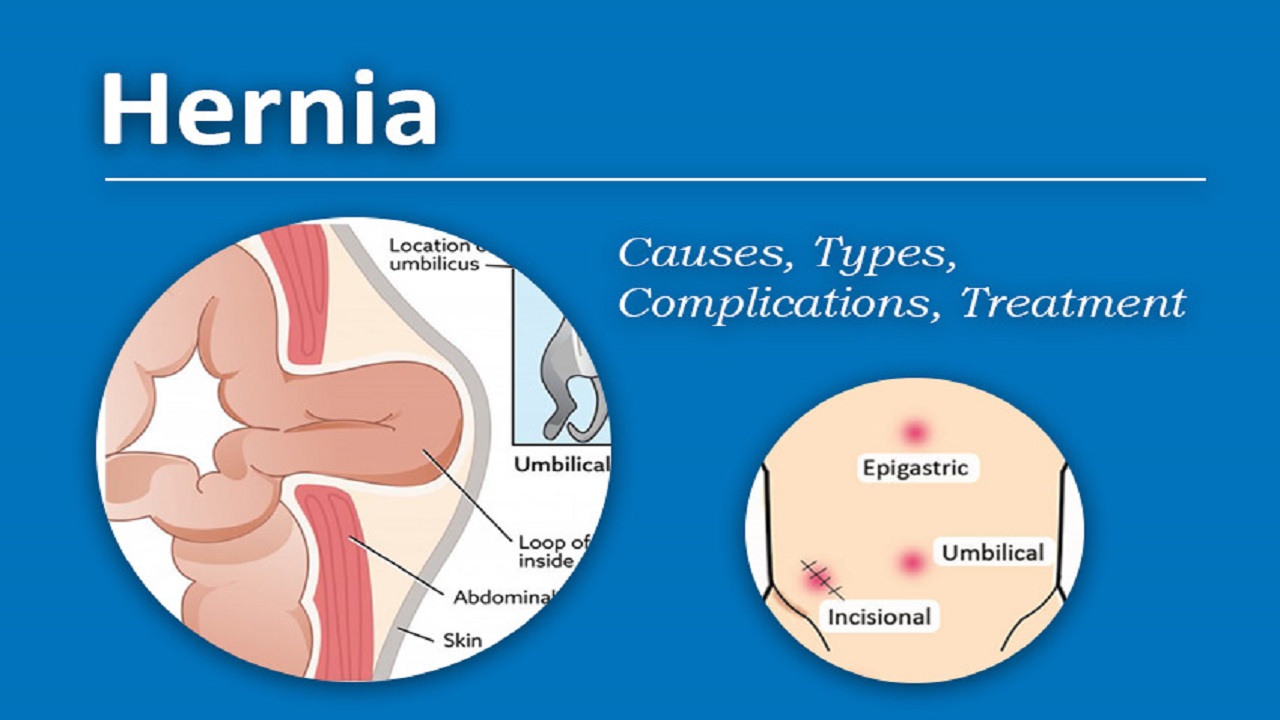
Managing Prolapsed Bladder at Home: Lifestyle Modifications and Exercises
While medical treatment is often necessary, there are several ways to manage a prolapsed bladder at home:
- Perform regular Kegel exercises to strengthen pelvic floor muscles
- Maintain a healthy weight to reduce pressure on pelvic organs
- Avoid constipation through diet and proper hydration
- Use proper lifting techniques to avoid straining
- Quit smoking to reduce chronic coughing
- Practice good posture to alleviate pressure on the pelvic area
How effective are Kegel exercises in treating a prolapsed bladder? When performed correctly and consistently, Kegel exercises can significantly improve symptoms of mild to moderate prolapse and may help prevent progression in some cases.
Preventing Prolapsed Bladder: Proactive Measures for Pelvic Health
Prevention is key in maintaining pelvic organ health. Here are some strategies to reduce the risk of developing a prolapsed bladder:
- Maintain a healthy weight through balanced diet and regular exercise
- Practice pelvic floor exercises throughout life, especially after childbirth
- Avoid heavy lifting or use proper techniques when necessary
- Manage chronic conditions that cause frequent coughing or constipation
- Consider pelvic floor physical therapy after childbirth or surgery
- Discuss hormone replacement therapy with your doctor if postmenopausal
Is it possible to completely prevent a prolapsed bladder? While it’s not always possible to prevent a prolapsed bladder, especially in cases of genetic predisposition or unavoidable risk factors like childbirth, implementing these preventive measures can significantly reduce your risk.

Living with a Prolapsed Bladder: Coping Strategies and Quality of Life
A prolapsed bladder can impact various aspects of life, but with proper management, many women maintain a good quality of life. Consider the following coping strategies:
- Join support groups to connect with others experiencing similar challenges
- Communicate openly with your partner about any intimacy concerns
- Plan bathroom breaks in advance when going out
- Wear comfortable, breathable clothing to reduce discomfort
- Stay physically active within your doctor’s recommended guidelines
- Practice stress-reduction techniques to manage anxiety related to symptoms
How does a prolapsed bladder affect sexual function? While a prolapsed bladder can cause discomfort during intercourse, many women can maintain a satisfying sex life with proper treatment and open communication with their partners. Discussing concerns with a healthcare provider can help address specific issues and explore solutions.
Advances in Prolapsed Bladder Treatment: Emerging Therapies and Research
The field of urogynecology continues to evolve, bringing new hope for those affected by pelvic organ prolapse. Recent advances include:

- Minimally invasive surgical techniques: Reducing recovery time and complications
- Regenerative medicine: Exploring stem cell therapies to strengthen pelvic tissues
- Improved mesh materials: Developing safer, more biocompatible options for surgical repair
- Advanced diagnostic tools: Enhancing accuracy in assessing prolapse severity and treatment outcomes
- Personalized treatment algorithms: Tailoring interventions based on individual patient factors
What new treatments are on the horizon for prolapsed bladder? Researchers are investigating tissue engineering techniques to create biological grafts for pelvic floor reconstruction. Additionally, advancements in 3D printing technology may soon allow for customized pessaries and surgical implants tailored to individual patient anatomy.
The Role of Telemedicine in Prolapsed Bladder Care
Telemedicine has emerged as a valuable tool in managing prolapsed bladder, offering:
- Remote consultations for initial symptom assessment
- Virtual follow-up appointments to monitor treatment progress
- Online pelvic floor exercise classes and support groups
- Convenient access to specialists for patients in rural areas
How effective is telemedicine for managing prolapsed bladder? While in-person examinations are necessary for diagnosis and certain treatments, telemedicine can effectively support ongoing management, patient education, and non-invasive interventions, improving access to care and patient outcomes.
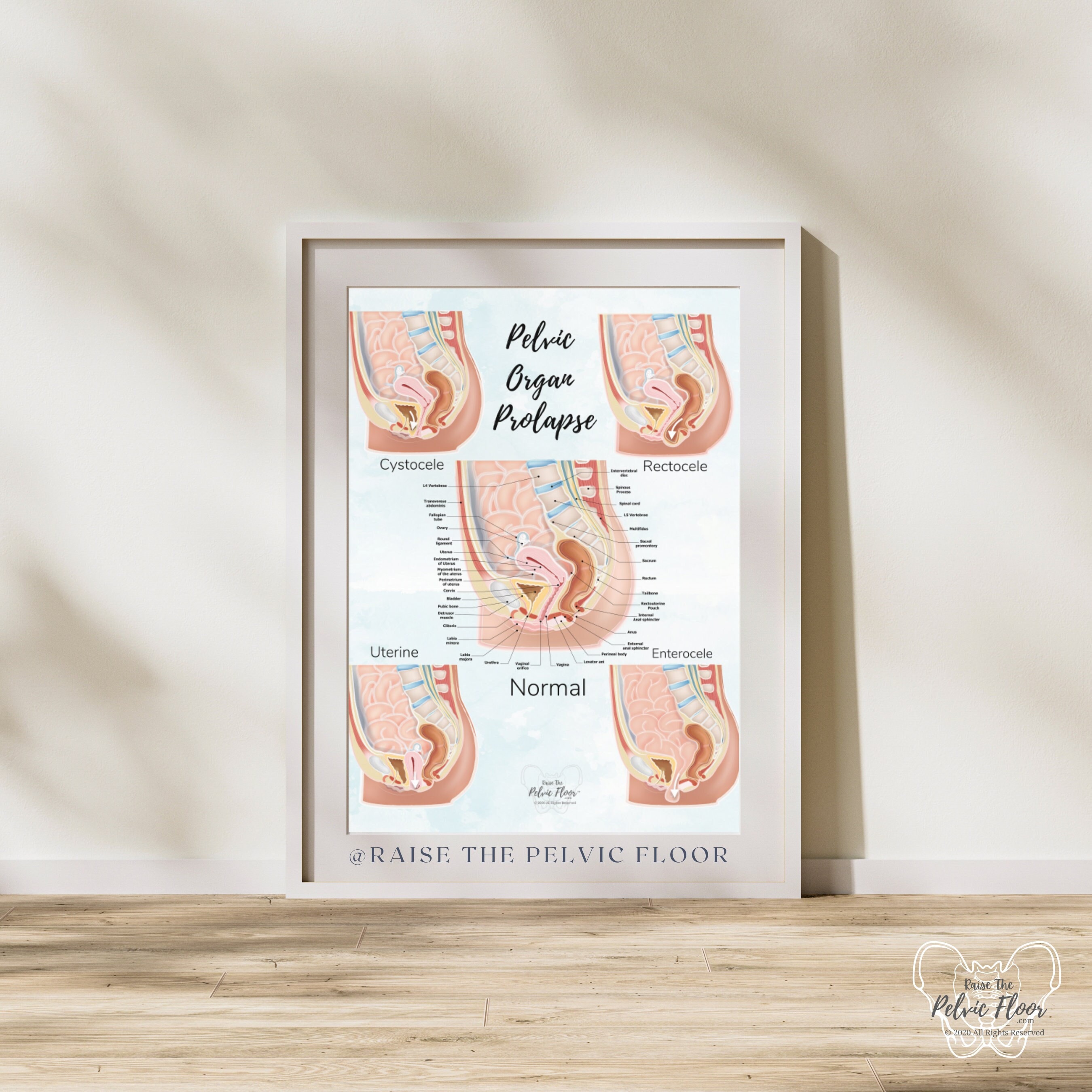
Prolapsed Bladder in Special Populations: Considerations and Challenges
Certain groups may face unique challenges when dealing with prolapsed bladder:
Pregnant Women
Pregnancy can exacerbate existing prolapse or increase the risk of developing one. Management focuses on conservative measures and postponing definitive treatment until after delivery.
Athletes
High-impact sports can strain pelvic floor muscles. Athletes with prolapsed bladder may need to modify their training regimens and work closely with pelvic floor specialists to maintain performance while managing symptoms.
Elderly Patients
Older women may have multiple health conditions affecting treatment choices. Non-surgical options are often preferred, with a focus on improving quality of life rather than complete symptom resolution.
Women with Genetic Connective Tissue Disorders
Conditions like Ehlers-Danlos syndrome can increase the risk and complexity of prolapse. Treatment may require a multidisciplinary approach and careful consideration of tissue healing capacity.
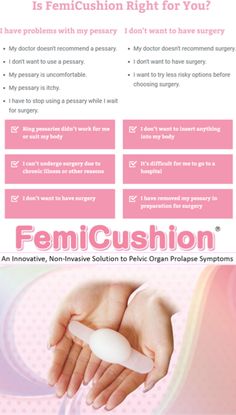
How does prolapsed bladder management differ in these special populations? Treatment plans must be carefully tailored, considering factors such as future pregnancies, athletic goals, overall health status, and genetic predispositions. Close collaboration between patients and healthcare providers is essential to optimize outcomes.
The Psychological Impact of Prolapsed Bladder: Addressing Mental Health
Living with a prolapsed bladder can take a toll on mental health, potentially leading to:
- Anxiety about symptom management in social situations
- Depression related to changes in body image and function
- Reduced self-esteem and confidence
- Relationship stress due to intimacy concerns
- Social isolation to avoid embarrassment
How can women cope with the emotional challenges of prolapsed bladder? Strategies to address the psychological impact include:
- Seeking counseling or therapy to process emotions and develop coping skills
- Participating in support groups to share experiences and learn from others
- Practicing mindfulness and relaxation techniques to manage stress
- Engaging in activities that boost self-esteem and body positivity
- Communicating openly with partners and loved ones about needs and concerns
Is it common to experience mental health issues with prolapsed bladder? Yes, many women report psychological distress associated with pelvic organ prolapse. Recognizing and addressing these emotional aspects is crucial for comprehensive care and improved quality of life.
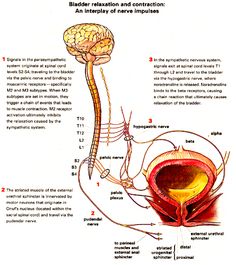
Navigating Healthcare Systems: Advocating for Optimal Prolapsed Bladder Care
Obtaining appropriate care for prolapsed bladder can sometimes be challenging. Here are tips for navigating the healthcare system effectively:
- Research and seek referrals to find experienced urogynecologists or pelvic floor specialists
- Prepare detailed symptom logs and questions before appointments
- Understand your insurance coverage and explore financial assistance options if needed
- Consider seeking second opinions for complex cases or when surgery is recommended
- Advocate for comprehensive care that addresses both physical and emotional aspects of prolapse
What questions should you ask your healthcare provider about prolapsed bladder treatment? Important inquiries include:
- What are all my treatment options, and what are the pros and cons of each?
- How many similar procedures have you performed, and what are your success rates?
- What lifestyle modifications can I make to improve my condition?
- Are there any clinical trials or new treatments I should consider?
- What follow-up care will I need, and how will we monitor my progress?
By being informed and proactive, women can ensure they receive comprehensive, personalized care for their prolapsed bladder, leading to better outcomes and improved quality of life.
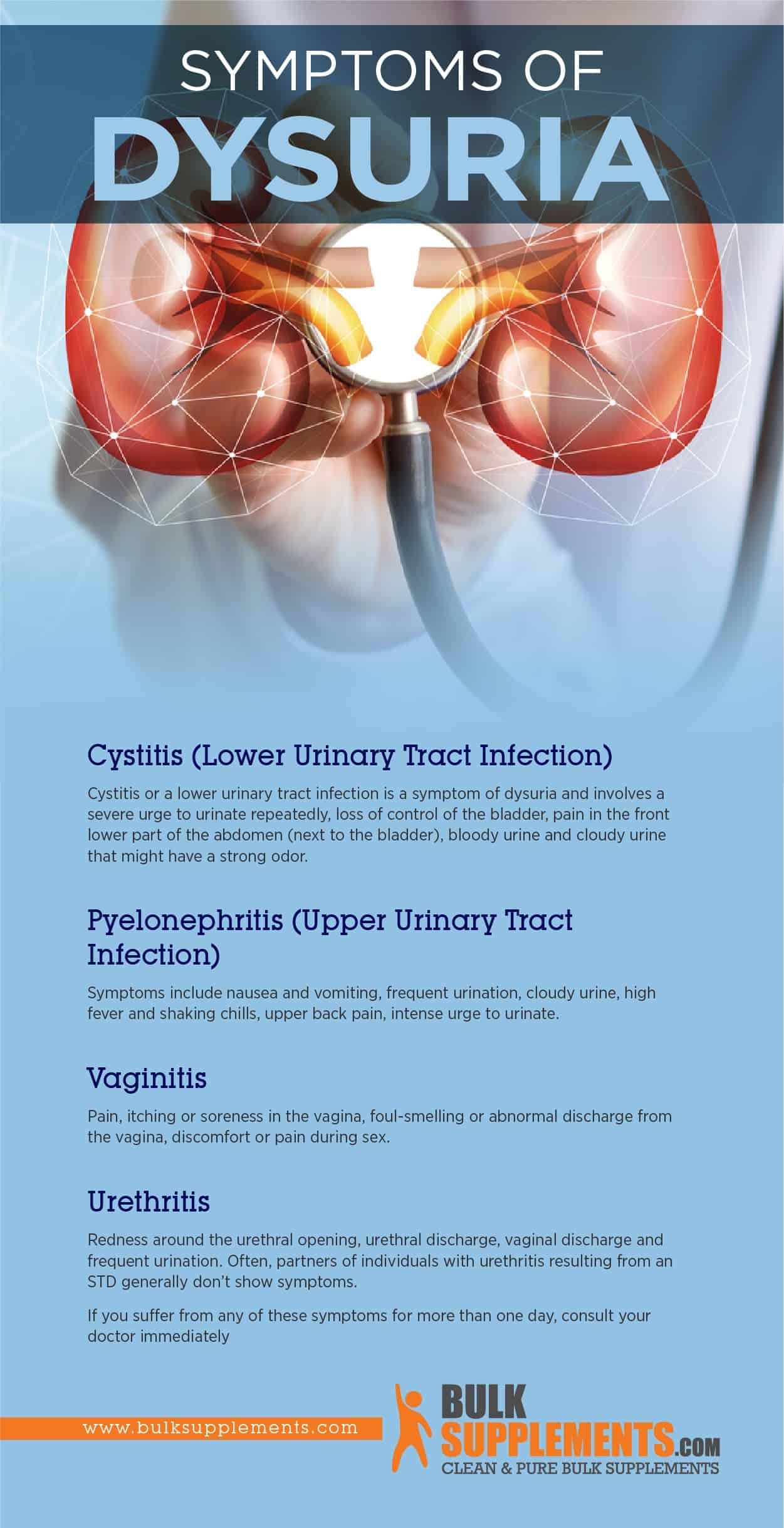
Prolapsed Bladder Causes, Symptoms, Treatments
Written by WebMD Editorial Contributors
- Causes of a Prolapsed Bladder
- Symptoms of a Prolapsed Bladder
- When to Seek Medical Care for a Prolapsed Bladder
- Exams and Tests for a Prolapsed Bladder
- Prolapsed Bladder Treatment
- Prolapsed Bladder Care at Home
- Medications for Prolapsed Bladder
- Prolapsed Bladder Surgery
- Other Therapy for Prolapsed Bladder
- Follow-up for Prolapsed Bladder
- Prolapsed Bladder Prevention
- Outlook for a Prolapsed Bladder
- Multimedia
- More
The bladder is a hollow organ in the pelvis that stores urine. The pressure created when the bladder fills with urine is what causes the urge to urinate. During urination, the urine travels from the bladder and out the body through the urethra.
In women, the front wall of the vagina supports the bladder. This wall can weaken or loosen with age. Significant bodily stress such as childbirth can also damage this part of the vaginal wall. If it deteriorates enough, the bladder can prolapse, meaning it is no longer supported and descends into the vagina. This may trigger problems such as urinary difficulties, discomfort, and stress incontinence (urine leakage caused by sneezing, coughing, and exertion, for example).
Significant bodily stress such as childbirth can also damage this part of the vaginal wall. If it deteriorates enough, the bladder can prolapse, meaning it is no longer supported and descends into the vagina. This may trigger problems such as urinary difficulties, discomfort, and stress incontinence (urine leakage caused by sneezing, coughing, and exertion, for example).
Prolapsed bladders (also called cystoceles or fallen bladders) are separated into four grades based on how far the bladder droops into the vagina.
- Grade 1 (mild): Only a small portion of the bladder droops into the vagina.
- Grade 2 (moderate): The bladder droops enough to be able to reach the opening of the vagina.
- Grade 3 (severe): The bladder protrudes from the body through the vaginal opening.
- Grade 4 (complete): The entire bladder protrudes completely outside the vagina; usually associated with other forms of pelvic organ prolapse (uterine prolapse, rectocele, enterocele).
Prolapsed bladders are commonly associated with menopause. Prior to menopause, women’s bodies create the hormone estrogen, which helps keep the muscles in and around the vagina strong. Women’s bodies stop creating as much estrogen after menopause, and those muscles tend to weaken as a result.
Prior to menopause, women’s bodies create the hormone estrogen, which helps keep the muscles in and around the vagina strong. Women’s bodies stop creating as much estrogen after menopause, and those muscles tend to weaken as a result.
The following factors are commonly associated with causing a prolapsed bladder:
- Childbirth: This is the most common cause of a prolapsed bladder. The delivery process is stressful on the vaginal tissues and muscles, which support a woman’s bladder.
- Menopause: Estrogen, a hormone that helps maintain the strength and health of muscles in the vagina, is not produced after menopause.
- Straining: Lifting heavy objects, straining during bowel movements, having a long-term condition that involves coughing, or having long-term constipation may damage the muscles of the pelvic floor.
The first symptom that women with a prolapsed bladder usually notice is the presence of tissue in the vagina that many women describe as something that feels like a ball.
Other symptoms of a prolapsed bladder include the following:
- Discomfort or pain in the pelvis
- Tissue protruding from the vagina (The tissue may be tender and may bleed.)
- Difficulty urinating
- A feeling that the bladder is not empty immediately after urinating (incomplete voiding)
- Stress incontinence (urine leakage during sneezing, coughing, or exertion)
- More frequent bladder infections
- Painful intercourse (dyspareunia)
- Low back pain
Some women may not experience or notice symptoms of a mild (grade 1) prolapsed bladder.
Any woman who notices symptoms of a prolapsed bladder should see their doctor. A prolapsed bladder is commonly associated with prolapses of other organs within a woman’s pelvis. Thus, timely medical care is recommended to evaluate for and to prevent problematic symptoms and complications caused by weakening tissue and muscle in the vagina. Prolapsed organs cannot heal themselves, and most worsen over time.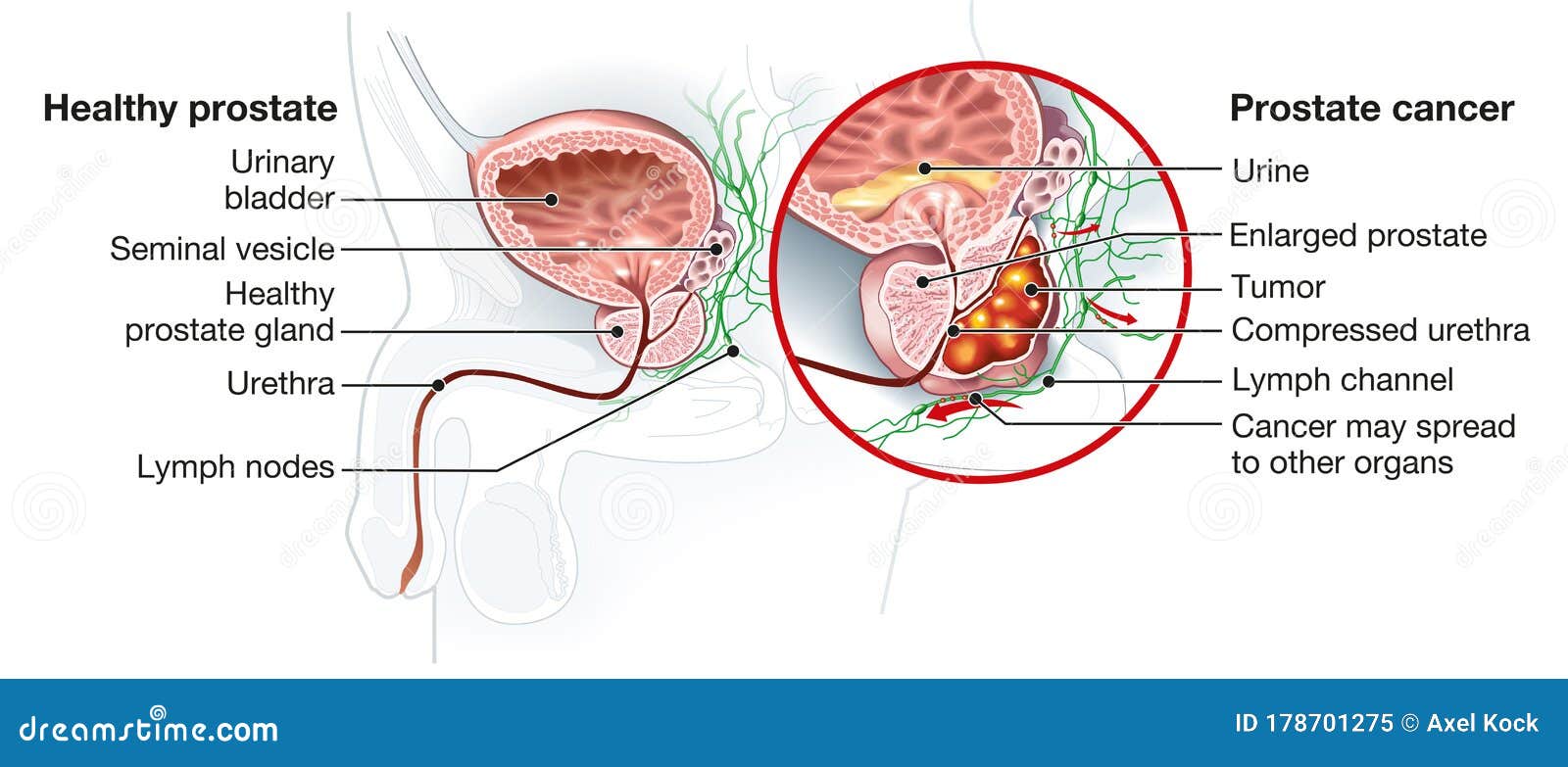 Several treatments are available to correct a prolapsed bladder.
Several treatments are available to correct a prolapsed bladder.
An exam of the female genitalia and pelvis, known as a pelvic exam, is required in order to diagnose a prolapsed bladder. A bladder that has entered the vagina confirms the diagnosis.
For less obvious cases, the doctor may use a voiding cystourethrogram to help with the diagnosis. A voiding cystourethrogram is a series of X-rays that are taken during urination. These help the doctor determine the shape of the bladder and the cause of urinary difficulty. The doctor may also test or take X-rays of different parts of the abdomen to rule out other possible causes of discomfort or urinary difficulty.
After diagnosis, the doctor may test the nerves, muscles, and the intensity of the urine stream to help decide what type of treatment is appropriate.
A test called urodynamics or video urodynamics may be performed at the doctor’s discretion. These tests are sometimes referred to as “EKGs of the bladder”. Urodynamics measures pressure and volume relationships in the bladder and may be crucial in the decision making of the urologist.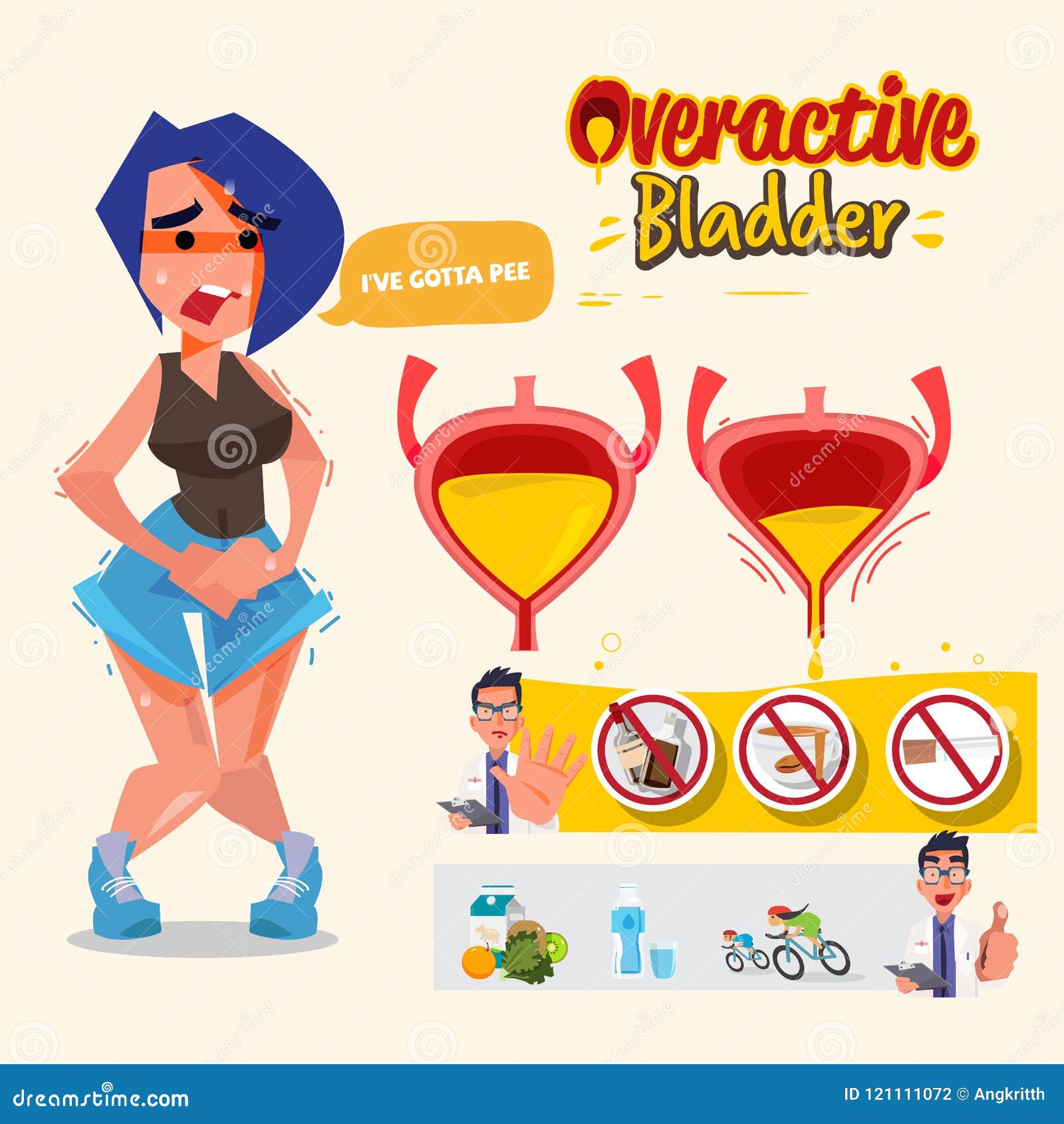
Cystoscopy (looking into the bladder with a scope) may also be performed to identify treatment options. This test is an outpatient office procedure that is sometimes performed on a television screen so the person can see what the urologist sees. Cystoscopy has little risk and is tolerable for the vast majority of people.
A mild (grade 1) prolapsed bladder that produces no pain or discomfort usually requires no medical or surgical treatment. The doctor may recommend that a woman with a grade 1 prolapsed bladder should avoid heavy lifting or straining, although there is little evidence to support this recommendation.
For cases that are more serious, the doctor takes into account various factors, such as the woman’s age, general health, treatment preference, and the severity of the prolapsed bladder to determine which treatment is appropriate.
Nonsurgical treatments for a prolapsed bladder include the following:
- Pessary: A pessary is a device that is placed within the vagina to hold the bladder in place.
 Pessaries must be removed and cleaned at regular intervals to prevent infection. Some pessaries are designed to allow the woman to do this themselves. A doctor must remove and clean other types. Estrogen cream is commonly used along with a pessary to help prevent infection and vaginal wall erosion. Some women find that pessaries are uncomfortable or that they easily fall out.
Pessaries must be removed and cleaned at regular intervals to prevent infection. Some pessaries are designed to allow the woman to do this themselves. A doctor must remove and clean other types. Estrogen cream is commonly used along with a pessary to help prevent infection and vaginal wall erosion. Some women find that pessaries are uncomfortable or that they easily fall out. - Estrogen replacement therapy: Many women with prolapsed bladders may benefit from this therapy. Estrogen helps strengthen and maintain muscles in the vagina.
For mild-to-moderate cases of prolapsed bladder, the doctor may recommend activity modification such as avoiding heavy lifting or straining. The doctor may also recommend Kegel exercises. These are exercises used to tighten the muscles of the pelvic floor. Kegel exercises might be used to treat mild-to-moderate prolapses or to supplement other treatments for prolapses that are more serious.
Estrogen replacement therapy may be used for a prolapsed bladder to help the body strengthen the tissues in and around the vagina. Estrogen replacement therapy can’t be used by everyone (such as in people with certain types of cancer). Women’s bodies stop creating as much estrogen naturally after menopause, and the muscles of the vagina may weaken as a result. In mild cases of prolapsed bladder, estrogen may be prescribed in an attempt to reverse bladder prolapse symptoms, such as vaginal weakening and incontinence. For more severe degrees of prolapse, estrogen replacement therapy may be used along with other types of treatment.
Estrogen replacement therapy can’t be used by everyone (such as in people with certain types of cancer). Women’s bodies stop creating as much estrogen naturally after menopause, and the muscles of the vagina may weaken as a result. In mild cases of prolapsed bladder, estrogen may be prescribed in an attempt to reverse bladder prolapse symptoms, such as vaginal weakening and incontinence. For more severe degrees of prolapse, estrogen replacement therapy may be used along with other types of treatment.
Estrogen can be administered orally as a pill or topically as a patch or cream. The cream has very little systemic absorption and has a potent effect locally where it is applied. Topical administration has less risk than the oral preparations. The application of estrogens to the anterior vagina and urethral area may be very helpful in alleviating urinary symptoms, such as urgency and frequency, even if you have a prolapsed bladder.
Severe prolapsed bladders that cannot be managed with a pessary usually require surgery to correct them. Prolapsed bladder surgery is usually performed through the vagina, and the goal is to secure the bladder in its correct position. The bladder is repaired with an incision in the vaginal wall. The prolapsed area is closed and the wall is strengthened.
Prolapsed bladder surgery is usually performed through the vagina, and the goal is to secure the bladder in its correct position. The bladder is repaired with an incision in the vaginal wall. The prolapsed area is closed and the wall is strengthened.
Depending on the procedure, surgery can be performed while the woman is under general, regional, or local anesthesia. For smaller surgeries, many women go home the same day of surgery.
Various materials have been used to strengthen pelvic weakness associated with prolapsed bladder.
The risks of placing mesh through the vagina to repair pelvic organ prolapse may outweigh its benefits, according to the FDA. However, the use of mesh may be appropriate in some situations. A surgeon should explain in detail the risks, benefits, and potential complications of these materials and they should explain about the procedure itself before proceeding with the surgery.
After surgery, most women can expect to return to a normal level of activity after six weeks. However, surgeons may recommend reducing or eliminating activities that cause straining for up to six months.
However, surgeons may recommend reducing or eliminating activities that cause straining for up to six months.
Physical therapy such as electrical stimulation and biofeedback may be used for a prolapsed bladder to help strengthen the muscles in the pelvis.
- Electrical stimulation: A doctor can apply a probe to targeted muscles within the vagina or on the pelvic floor. The probe is attached to a device that measures and delivers small electrical currents that contract the muscles. These contractions help strengthen the muscles. A less intrusive type of electrical stimulation is available that magnetically stimulates the pudendal nerve from outside the body. This activates the muscles of the pelvic floor and may help treat incontinence.
- Biofeedback: A sensor is used to monitor muscle activity in the vagina and on the pelvic floor. The doctor can recommend exercises that can strengthen these muscles. These exercises may help strengthen the muscles to reverse or relieve some symptoms related to a prolapsed bladder.
 The sensor can monitor the muscular contractions during the exercises, and the doctor may be able to determine if the targeted muscles would benefit from the exercises.
The sensor can monitor the muscular contractions during the exercises, and the doctor may be able to determine if the targeted muscles would benefit from the exercises.
A woman undergoing treatment should schedule follow-up visits with their doctor to evaluate progress. Pessaries need to be removed and cleaned at regular intervals to prevent complications.
To prevent a prolapsed bladder, a high-fiber diet and a daily intake of plenty of fluids can reduce a person’s risk of developing constipation. Straining during bowel movements should be avoided, if possible. Women with long-term constipation should seek medical attention in order to lessen the chance of developing a prolapsed bladder.
Heavy lifting is associated with prolapsed bladder and should be avoided, if possible.
Obesity is a risk factor for developing a prolapsed bladder. Weight control may help prevent this condition from developing.
A prolapsed bladder is rarely a life-threatening condition.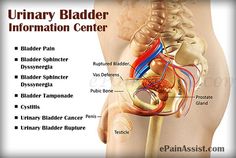 Most cases that are mild can be treated without surgery, and most severe prolapsed bladders can be completely corrected with surgery.
Most cases that are mild can be treated without surgery, and most severe prolapsed bladders can be completely corrected with surgery.
Media file 1: Line drawing indicating the relationship between the kidney, ureters, and bladder.
Top Picks
Prolapsed Bladder Causes, Symptoms, Treatments
Written by WebMD Editorial Contributors
- Causes of a Prolapsed Bladder
- Symptoms of a Prolapsed Bladder
- When to Seek Medical Care for a Prolapsed Bladder
- Exams and Tests for a Prolapsed Bladder
- Prolapsed Bladder Treatment
- Prolapsed Bladder Care at Home
- Medications for Prolapsed Bladder
- Prolapsed Bladder Surgery
- Other Therapy for Prolapsed Bladder
- Follow-up for Prolapsed Bladder
- Prolapsed Bladder Prevention
- Outlook for a Prolapsed Bladder
- Multimedia
- More
The bladder is a hollow organ in the pelvis that stores urine.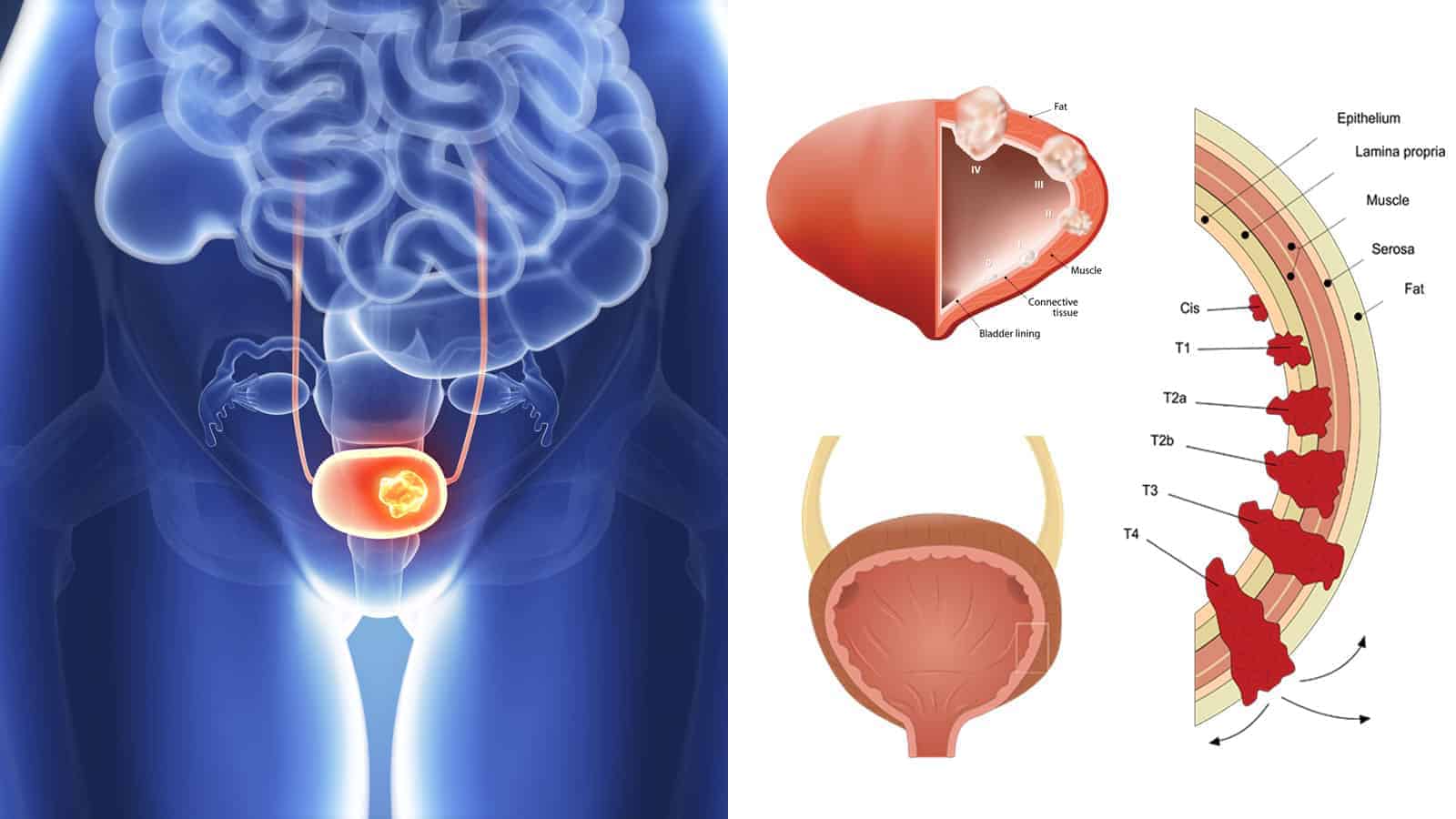 The pressure created when the bladder fills with urine is what causes the urge to urinate. During urination, the urine travels from the bladder and out the body through the urethra.
The pressure created when the bladder fills with urine is what causes the urge to urinate. During urination, the urine travels from the bladder and out the body through the urethra.
In women, the front wall of the vagina supports the bladder. This wall can weaken or loosen with age. Significant bodily stress such as childbirth can also damage this part of the vaginal wall. If it deteriorates enough, the bladder can prolapse, meaning it is no longer supported and descends into the vagina. This may trigger problems such as urinary difficulties, discomfort, and stress incontinence (urine leakage caused by sneezing, coughing, and exertion, for example).
Prolapsed bladders (also called cystoceles or fallen bladders) are separated into four grades based on how far the bladder droops into the vagina.
- Grade 1 (mild): Only a small portion of the bladder droops into the vagina.
- Grade 2 (moderate): The bladder droops enough to be able to reach the opening of the vagina.

- Grade 3 (severe): The bladder protrudes from the body through the vaginal opening.
- Grade 4 (complete): The entire bladder protrudes completely outside the vagina; usually associated with other forms of pelvic organ prolapse (uterine prolapse, rectocele, enterocele).
Prolapsed bladders are commonly associated with menopause. Prior to menopause, women’s bodies create the hormone estrogen, which helps keep the muscles in and around the vagina strong. Women’s bodies stop creating as much estrogen after menopause, and those muscles tend to weaken as a result.
The following factors are commonly associated with causing a prolapsed bladder:
- Childbirth: This is the most common cause of a prolapsed bladder. The delivery process is stressful on the vaginal tissues and muscles, which support a woman’s bladder.
- Menopause: Estrogen, a hormone that helps maintain the strength and health of muscles in the vagina, is not produced after menopause.

- Straining: Lifting heavy objects, straining during bowel movements, having a long-term condition that involves coughing, or having long-term constipation may damage the muscles of the pelvic floor.
The first symptom that women with a prolapsed bladder usually notice is the presence of tissue in the vagina that many women describe as something that feels like a ball.
Other symptoms of a prolapsed bladder include the following:
- Discomfort or pain in the pelvis
- Tissue protruding from the vagina (The tissue may be tender and may bleed.)
- Difficulty urinating
- A feeling that the bladder is not empty immediately after urinating (incomplete voiding)
- Stress incontinence (urine leakage during sneezing, coughing, or exertion)
- More frequent bladder infections
- Painful intercourse (dyspareunia)
- Low back pain
Some women may not experience or notice symptoms of a mild (grade 1) prolapsed bladder.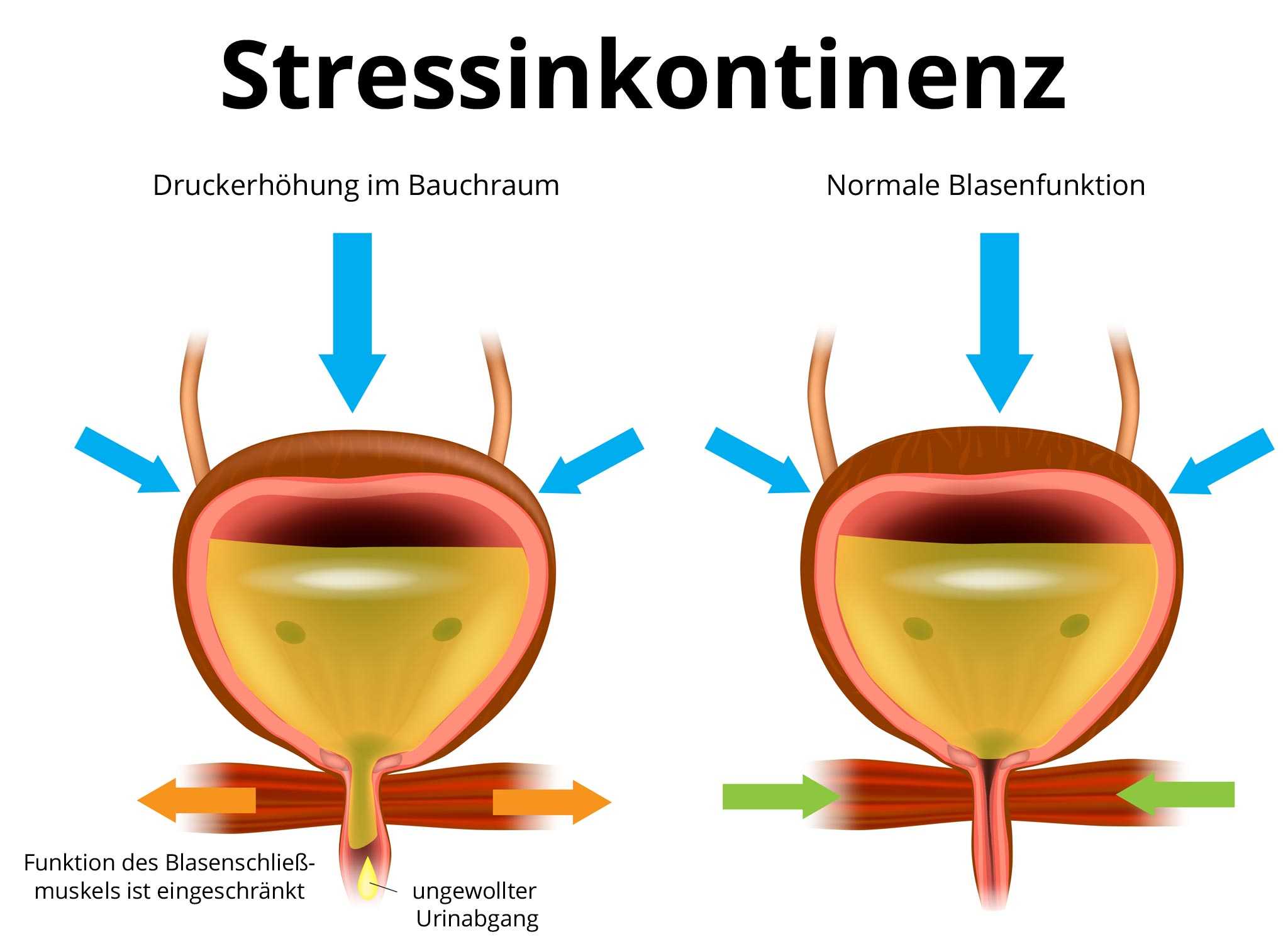
Any woman who notices symptoms of a prolapsed bladder should see their doctor. A prolapsed bladder is commonly associated with prolapses of other organs within a woman’s pelvis. Thus, timely medical care is recommended to evaluate for and to prevent problematic symptoms and complications caused by weakening tissue and muscle in the vagina. Prolapsed organs cannot heal themselves, and most worsen over time. Several treatments are available to correct a prolapsed bladder.
An exam of the female genitalia and pelvis, known as a pelvic exam, is required in order to diagnose a prolapsed bladder. A bladder that has entered the vagina confirms the diagnosis.
For less obvious cases, the doctor may use a voiding cystourethrogram to help with the diagnosis. A voiding cystourethrogram is a series of X-rays that are taken during urination. These help the doctor determine the shape of the bladder and the cause of urinary difficulty. The doctor may also test or take X-rays of different parts of the abdomen to rule out other possible causes of discomfort or urinary difficulty.
After diagnosis, the doctor may test the nerves, muscles, and the intensity of the urine stream to help decide what type of treatment is appropriate.
A test called urodynamics or video urodynamics may be performed at the doctor’s discretion. These tests are sometimes referred to as “EKGs of the bladder”. Urodynamics measures pressure and volume relationships in the bladder and may be crucial in the decision making of the urologist.
Cystoscopy (looking into the bladder with a scope) may also be performed to identify treatment options. This test is an outpatient office procedure that is sometimes performed on a television screen so the person can see what the urologist sees. Cystoscopy has little risk and is tolerable for the vast majority of people.
A mild (grade 1) prolapsed bladder that produces no pain or discomfort usually requires no medical or surgical treatment. The doctor may recommend that a woman with a grade 1 prolapsed bladder should avoid heavy lifting or straining, although there is little evidence to support this recommendation.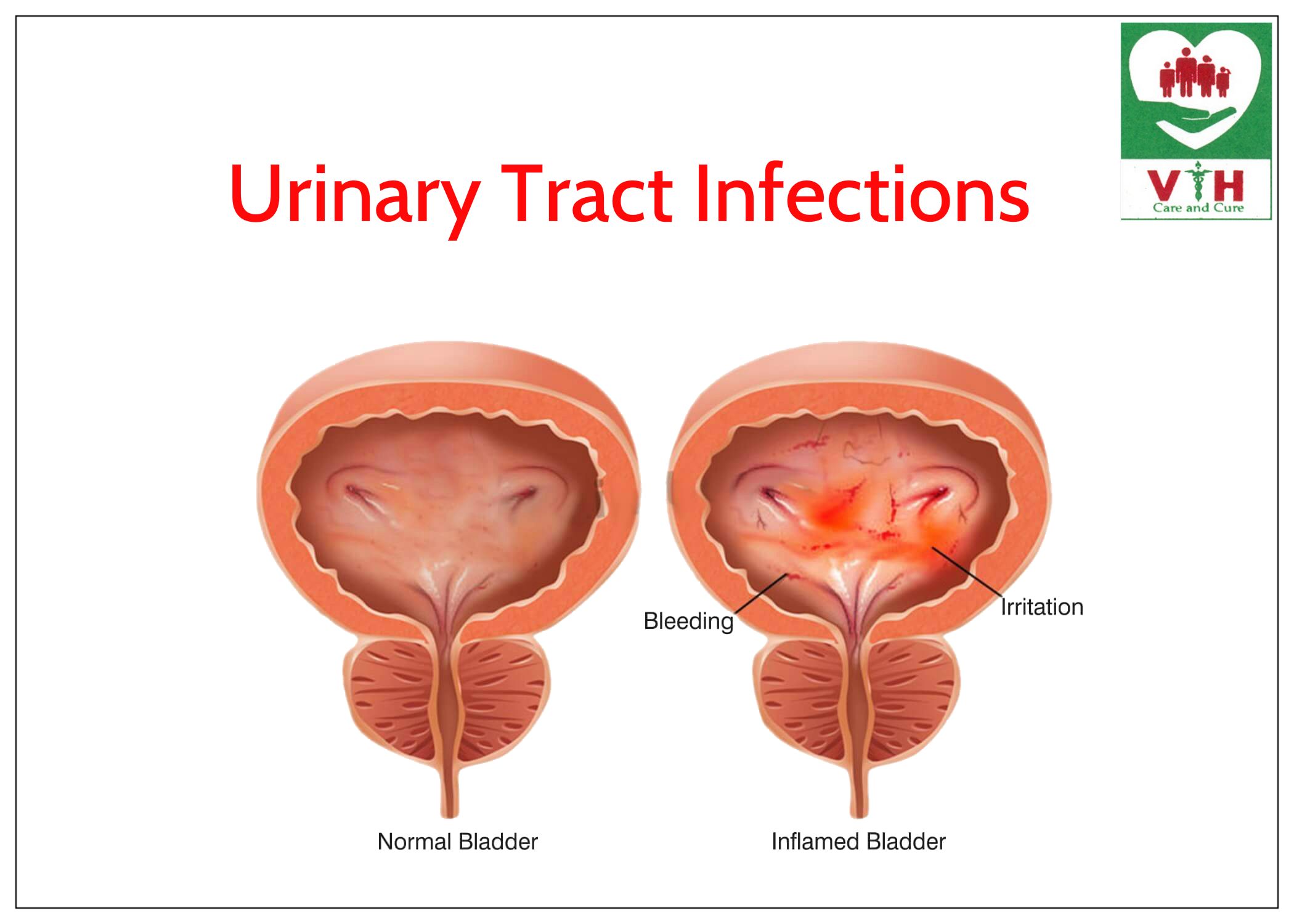
For cases that are more serious, the doctor takes into account various factors, such as the woman’s age, general health, treatment preference, and the severity of the prolapsed bladder to determine which treatment is appropriate.
Nonsurgical treatments for a prolapsed bladder include the following:
- Pessary: A pessary is a device that is placed within the vagina to hold the bladder in place. Pessaries must be removed and cleaned at regular intervals to prevent infection. Some pessaries are designed to allow the woman to do this themselves. A doctor must remove and clean other types. Estrogen cream is commonly used along with a pessary to help prevent infection and vaginal wall erosion. Some women find that pessaries are uncomfortable or that they easily fall out.
- Estrogen replacement therapy: Many women with prolapsed bladders may benefit from this therapy. Estrogen helps strengthen and maintain muscles in the vagina.
For mild-to-moderate cases of prolapsed bladder, the doctor may recommend activity modification such as avoiding heavy lifting or straining.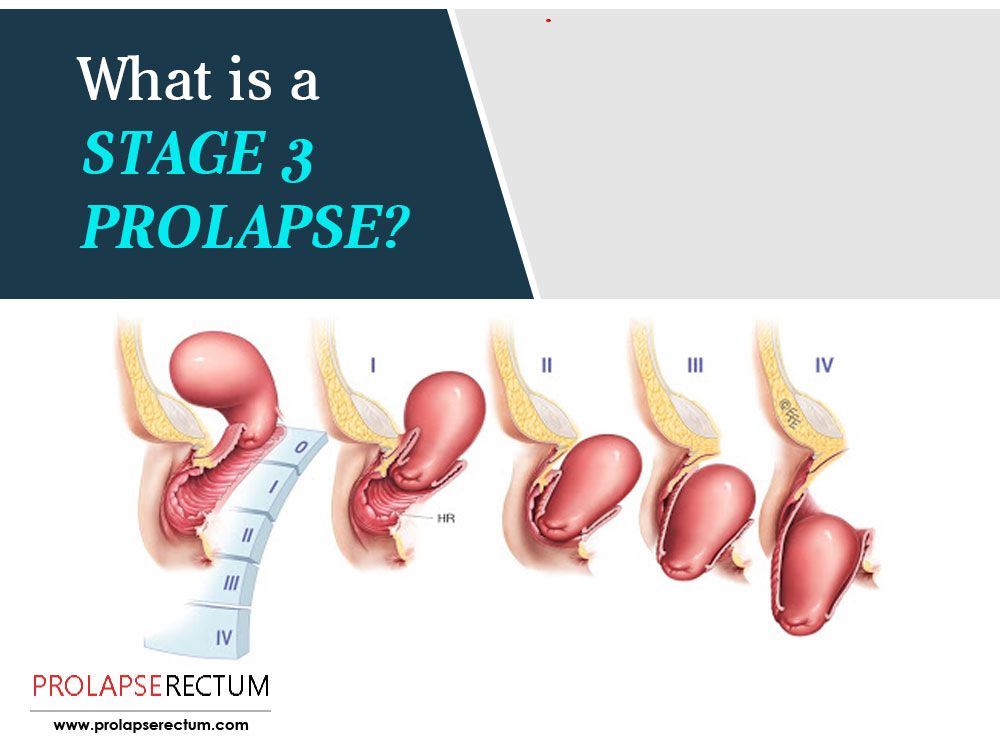 The doctor may also recommend Kegel exercises. These are exercises used to tighten the muscles of the pelvic floor. Kegel exercises might be used to treat mild-to-moderate prolapses or to supplement other treatments for prolapses that are more serious.
The doctor may also recommend Kegel exercises. These are exercises used to tighten the muscles of the pelvic floor. Kegel exercises might be used to treat mild-to-moderate prolapses or to supplement other treatments for prolapses that are more serious.
Estrogen replacement therapy may be used for a prolapsed bladder to help the body strengthen the tissues in and around the vagina. Estrogen replacement therapy can’t be used by everyone (such as in people with certain types of cancer). Women’s bodies stop creating as much estrogen naturally after menopause, and the muscles of the vagina may weaken as a result. In mild cases of prolapsed bladder, estrogen may be prescribed in an attempt to reverse bladder prolapse symptoms, such as vaginal weakening and incontinence. For more severe degrees of prolapse, estrogen replacement therapy may be used along with other types of treatment.
Estrogen can be administered orally as a pill or topically as a patch or cream. The cream has very little systemic absorption and has a potent effect locally where it is applied. Topical administration has less risk than the oral preparations. The application of estrogens to the anterior vagina and urethral area may be very helpful in alleviating urinary symptoms, such as urgency and frequency, even if you have a prolapsed bladder.
Topical administration has less risk than the oral preparations. The application of estrogens to the anterior vagina and urethral area may be very helpful in alleviating urinary symptoms, such as urgency and frequency, even if you have a prolapsed bladder.
Severe prolapsed bladders that cannot be managed with a pessary usually require surgery to correct them. Prolapsed bladder surgery is usually performed through the vagina, and the goal is to secure the bladder in its correct position. The bladder is repaired with an incision in the vaginal wall. The prolapsed area is closed and the wall is strengthened.
Depending on the procedure, surgery can be performed while the woman is under general, regional, or local anesthesia. For smaller surgeries, many women go home the same day of surgery.
Various materials have been used to strengthen pelvic weakness associated with prolapsed bladder.
The risks of placing mesh through the vagina to repair pelvic organ prolapse may outweigh its benefits, according to the FDA. However, the use of mesh may be appropriate in some situations. A surgeon should explain in detail the risks, benefits, and potential complications of these materials and they should explain about the procedure itself before proceeding with the surgery.
However, the use of mesh may be appropriate in some situations. A surgeon should explain in detail the risks, benefits, and potential complications of these materials and they should explain about the procedure itself before proceeding with the surgery.
After surgery, most women can expect to return to a normal level of activity after six weeks. However, surgeons may recommend reducing or eliminating activities that cause straining for up to six months.
Physical therapy such as electrical stimulation and biofeedback may be used for a prolapsed bladder to help strengthen the muscles in the pelvis.
- Electrical stimulation: A doctor can apply a probe to targeted muscles within the vagina or on the pelvic floor. The probe is attached to a device that measures and delivers small electrical currents that contract the muscles. These contractions help strengthen the muscles. A less intrusive type of electrical stimulation is available that magnetically stimulates the pudendal nerve from outside the body.
 This activates the muscles of the pelvic floor and may help treat incontinence.
This activates the muscles of the pelvic floor and may help treat incontinence.
- Biofeedback: A sensor is used to monitor muscle activity in the vagina and on the pelvic floor. The doctor can recommend exercises that can strengthen these muscles. These exercises may help strengthen the muscles to reverse or relieve some symptoms related to a prolapsed bladder. The sensor can monitor the muscular contractions during the exercises, and the doctor may be able to determine if the targeted muscles would benefit from the exercises.
A woman undergoing treatment should schedule follow-up visits with their doctor to evaluate progress. Pessaries need to be removed and cleaned at regular intervals to prevent complications.
To prevent a prolapsed bladder, a high-fiber diet and a daily intake of plenty of fluids can reduce a person’s risk of developing constipation. Straining during bowel movements should be avoided, if possible. Women with long-term constipation should seek medical attention in order to lessen the chance of developing a prolapsed bladder.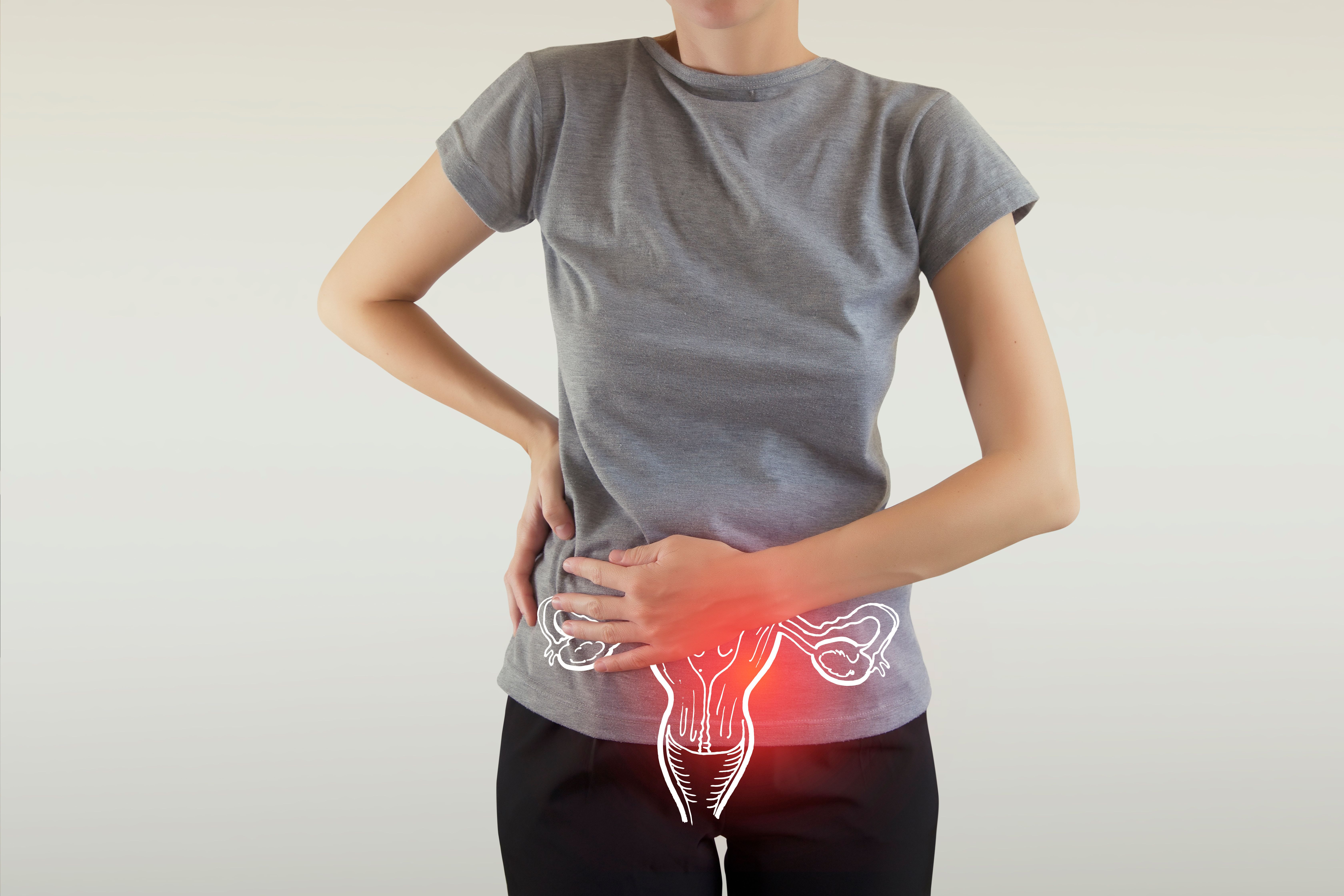
Heavy lifting is associated with prolapsed bladder and should be avoided, if possible.
Obesity is a risk factor for developing a prolapsed bladder. Weight control may help prevent this condition from developing.
A prolapsed bladder is rarely a life-threatening condition. Most cases that are mild can be treated without surgery, and most severe prolapsed bladders can be completely corrected with surgery.
Media file 1: Line drawing indicating the relationship between the kidney, ureters, and bladder.
Top Picks
symptoms, causes and treatment of bladder prolapse
Contents
- 1 Cystocele: symptoms, causes and treatment of bladder prolapse in women
- 1.
 1 Cystocele: symptoms, causes and treatment of bladder prolapse
1 Cystocele: symptoms, causes and treatment of bladder prolapse- 1.1 .1 What is a cystocele And how does it occur
- 1.2 Symptoms of cystocele
- 1.2.1 1. Sensation of pressure in the lower abdomen
- 1.2.2 2. Far -hearted urination
- 1.2.3 3. Clouding to urine
- 1.2.4 4. Pain in the lower abdomen
- 1.2.5 5. Urinary incontinence
- 1.3 Main causes of cystocele
- 1.4 Risk groups for the development of cystocele
- 1.5.1 Basic diagnostic methods cystocele:
90 005 1.5 Diagnosis of cystocele
- 1.
- 1.6 Treatment of cystocele: management of bladder prolapse
- 1.6.1 Conservative treatment of cystocele
- 1.6.2 Surgical treatment of cystocele
- 1.7 Cystocele drugs
- 1.7.1 Estrogens
- 1.7.2 Antidepressants
- 1.7.3 Muscle relaxants
- 1.7.4 Topical drugs
- 1.8 Rehabilitation after cystocele surgery
- 1.
 8. 1 First days
8. 1 First days - 1.8.2 Exercise
- 1.8.3 Proper nutrition
- 1.8.4 Visits to the doctor
- 1.
- 1.9 Cystocele: possible complications if left untreated
- 1.9.1 Urinary tract infections
- 1.9.2 Kidney failure
- 1.9.3 Urethritis and cystitis
- 1.9.4 Libido inability
- 1.10 Prevention cystocele: expert advice
- 1.11 Conclusions
- 1.11.1 Cystocele is a serious condition that should not be ignored
- 1.12 Related Video:
- 1.13 Q&A:
- 1.13.0.1 What is a cystocele?
- 1.13.0.2 What are the symptoms associated with a cystocele?
- 1.13.0.3 How does a cystocele occur?
- 1.13.0.4 How to determine the presence of a cystocele?
- 1.13.0.5 How to treat a cystocele?
- 1.13.0.6 Can a cystocele occur after childbirth?
A cystocele is a condition where the bladder descends and protrudes beyond the vagina. In this article, you will learn about the causes, symptoms, and treatments for cystocele.
In this article, you will learn about the causes, symptoms, and treatments for cystocele.
Cystocele is a disorder in which the bladder and adjacent tissues prolapse down the vagina in women. A prolapsed bladder can cause discomfort and painful symptoms in the pelvis as well as the urinary tract. The main causes of this disease are birth trauma, age-related tissue changes and impaired pelvic floor muscle tone.
Cystocele is common among women over 40 years of age, especially those who have had a childbirth, have undergone surgery and regularly experience tension in the urinary system. Determination of the severity of a cystocele and the choice of treatment depends on many factors, such as age and severity of symptoms, as well as the level of bladder pressure on the pelvic tissues.
Treatment of cystocele can be varied, including lifestyle changes, exercise, urologic medications, biologics, and surgery. Most women with cystocele can achieve a positive treatment outcome if they follow the recommendations of doctors and take care to strengthen the muscles of the pelvis.
Cystocele: symptoms, causes and treatment of bladder prolapse
What is a cystocele and how does it occur
Cystocele is a type of pathology of the female urinary system, in which the bladder prolapses down into the vaginal cavity. This results in an inability to control urination and an urge to urinate frequently.
Also, the risk of developing a cystocele increases in the presence of existing risk factors, such as periodic gouty stress on the urinary system, chronic diseases of the genital area, regular long trips, etc.
To determine a cystocele, it is necessary to conduct a comprehensive examination, which includes ultrasound, bakposev, general and biochemical blood tests, as well as dynamic ureteroscopy and other diagnostic measures.
Symptoms of a cystocele
1. Feeling of pressure in the lower abdomen
Patients suffering from a cystocele may experience a sensation of tension in the perineal region. This is due to the prolapse of the bladder due to the weakness of the ligaments that should hold it.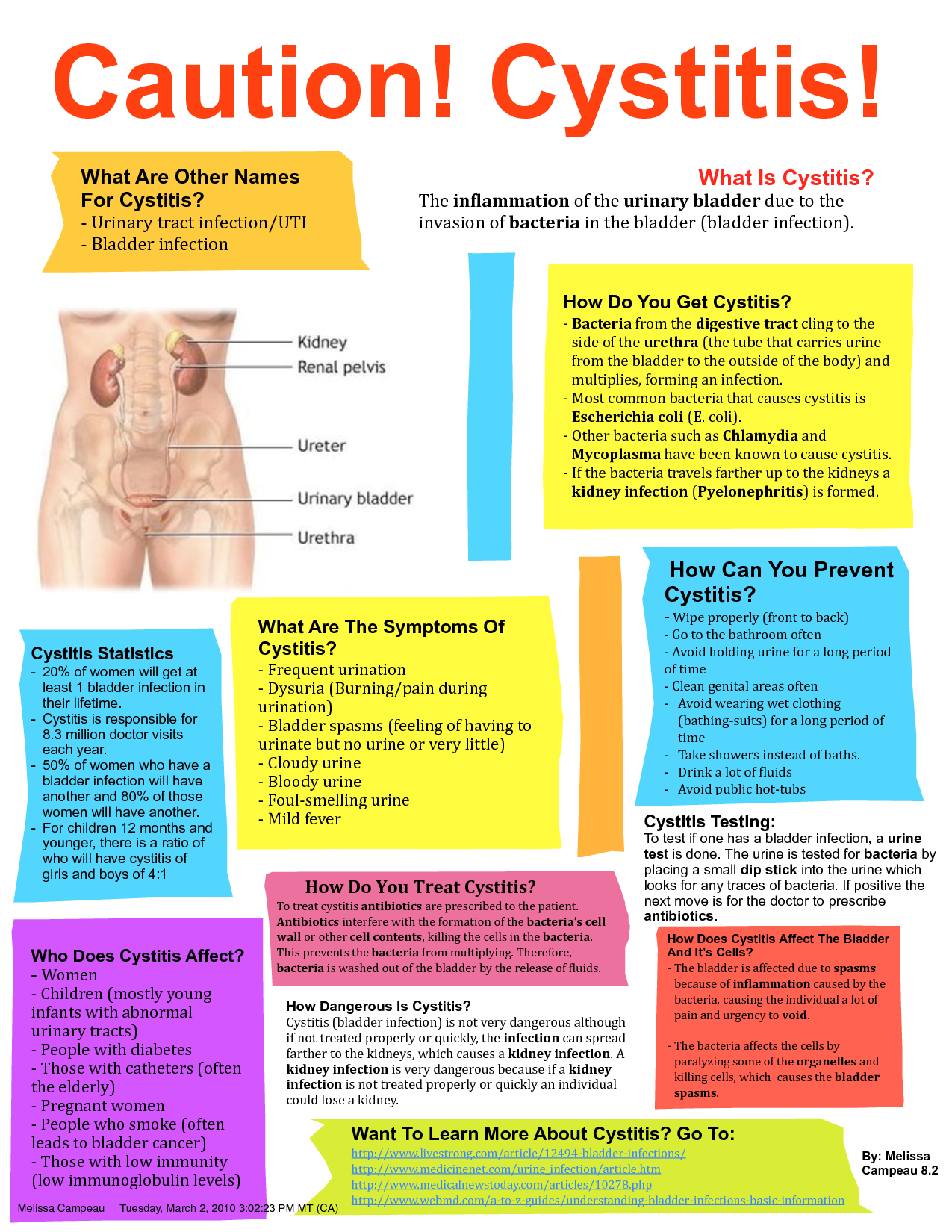
2. Frequent urination
Frequent urination is another common symptom of a cystocele. This is because the bladder is at the bottom and cannot hold much urine. There are cases when patients complain of painful urination.
3. Accumulation of urine
In a cystocele, the bladder may not descend completely, but will still move out of its natural position, which may cause accumulation of urine. This can lead to a urinary tract infection.
4. Pain in the lower abdomen
Sometimes people with a cystocele may experience pain or discomfort in the lower abdomen. This is due to the fact that the bladder begins to become heavier and put pressure on adjacent tissues.
5. Urinary incontinence
In the development of a cystocele, the bladder may descend so that it puts pressure on the urethra, that is, the tube that drains urine from the body. This can lead to an inability to control urination, i.e. urinary incontinence.
Primary causes of cystocele
Weakening of the pelvic floor muscles: A cystocele may be due to a weakening of the muscles that support the bladder and urethra. This can occur as a result of repeated childbirth, chronic cough, long periods of physical activity, obesity or aging.
This can occur as a result of repeated childbirth, chronic cough, long periods of physical activity, obesity or aging.
Acute increase in abdominal pressure: A cystocele may occur with an acute increase in abdominal pressure, such as during coughing, sneezing or heavy lifting.
Hormonal changes: After menopause, women experience hormonal changes that can lead to weakening of the pelvic floor tissues and an increased risk of cystocele.
Surgery: Some surgical procedures can damage the pelvic muscles, which can lead to the development of a cystocele.
Genetic factors: some people may have a genetic predisposition to cystocele, which may increase the risk of developing it.
Risk groups for the development of cystocele
Women. Women are at risk for cystocele due to its association with pregnancy and childbirth. After giving birth, many women experience weakening of the bladder muscles.
Premenopausal and menopausal women. Hormonal changes associated with premenopause and menopause affect bladder muscle tone and increase the risk of cystocele.
Overweight women. Being overweight puts pressure on the bladder muscles, increases abdominal pressure, and increases the risk of cystocele.
Women engaged in heavy physical labor. Regular exercise of the hip ligaments and bladder muscles can lead to cystocele.
Women with urinary problems. Women who suffer from typical urinary problems, such as frequent urination, inability to hold urine, or a feeling of incomplete bladder emptying, are at increased risk of cystocele.
Diagnosis of cystocele
Main methods of diagnosis of cystocele:
- Anamnesis.
- Physical examination.
- Bladder ultrasound.
- Computed tomography.
- Urinary catheterism.
- Urodynamic study.

History includes questions about symptoms, disease history, and past surgeries and illnesses.
A physical examination can detect bladder prolapse, determine its degree and make a preliminary diagnosis.
Ultrasound examination of the bladder to determine its size, shape and degree of prolapse.
Computed tomography gives a more accurate picture of the degree of prolapse and possible complications.
Urinary catheterism measures the volume of urine in the bladder and detects organic urinary obstruction.
Urodynamic study includes measurement of pressure in the bladder and urethra, as well as the speed and volume of urination.
An accurate diagnosis of a cystocele can only be made after a comprehensive examination and a combination of several diagnostic methods.
Treatment of cystocele: methods of dealing with bladder prolapse
Conservative treatment of cystocele
If the bladder prolapse is small and there are no severe symptoms, conservative treatment is prescribed. It includes:
It includes:
- Addition of physical exercises aimed at strengthening the muscles of the pelvis.
- Reducing the load on the abdominal wall and lowering the weight of the patient.
- Carrying out courses of physiotherapy using electrical stimulation of the bladder muscles.
- Wearing a special bandage that keeps the bladder in the correct position.
Conservative methods are effective in the treatment of the initial stages of cystocele and prevent its further development.
Cystocele Surgical Treatment
If conservative treatment fails or the prolapse of the bladder becomes severe, surgery is required.
Surgery on a cystocele is prescribed in the following cases:
- Pain in the lower abdomen and impaired urination.
- Development of urinary tract and kidney infections.
- The size of the prolapsed bladder is large and interferes with the health of the patient.
Cystocele surgery aims to eliminate the causes of bladder prolapse.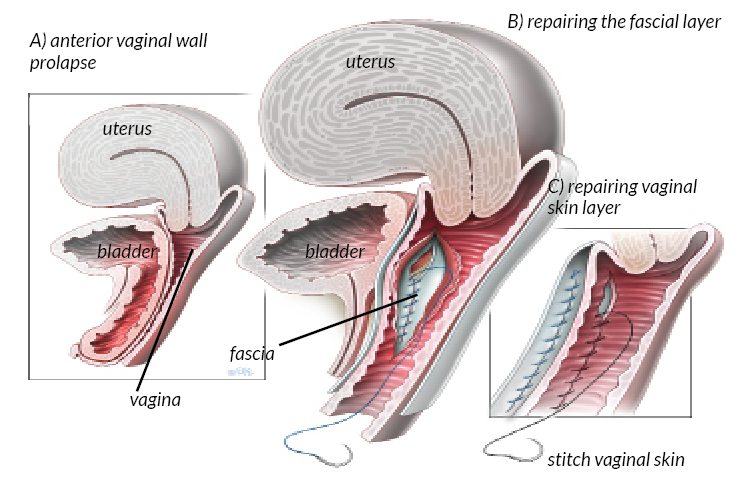 First, the surgeon conducts a diagnostic examination, and then the method of intervention is determined.
First, the surgeon conducts a diagnostic examination, and then the method of intervention is determined.
There are several methods of surgical treatment of cystocele:
- Ureterovertebral approach.
- Metrostatic colpopexy.
- Soft Continence.
Surgical treatment of a cystocele can take from 30 minutes to several hours, depending on the complexity of the operation. After the operation, the patient must follow a strict regimen and undergo rehabilitation courses to avoid the recurrence of this disease.
Cystocele drugs
Estrogens
Estrogens are one of the main types of hormones responsible for women’s health. They may help reduce bladder prolapse in postmenopausal women by improving pelvic floor muscle tone. Preparations containing estrogens are usually taken as tablets or creams. However, they may have some side effects such as chest pain or vaginal bleeding.
Antidepressants
Antidepressants such as duloxetine and amiotriptyline may be used to treat cystocele.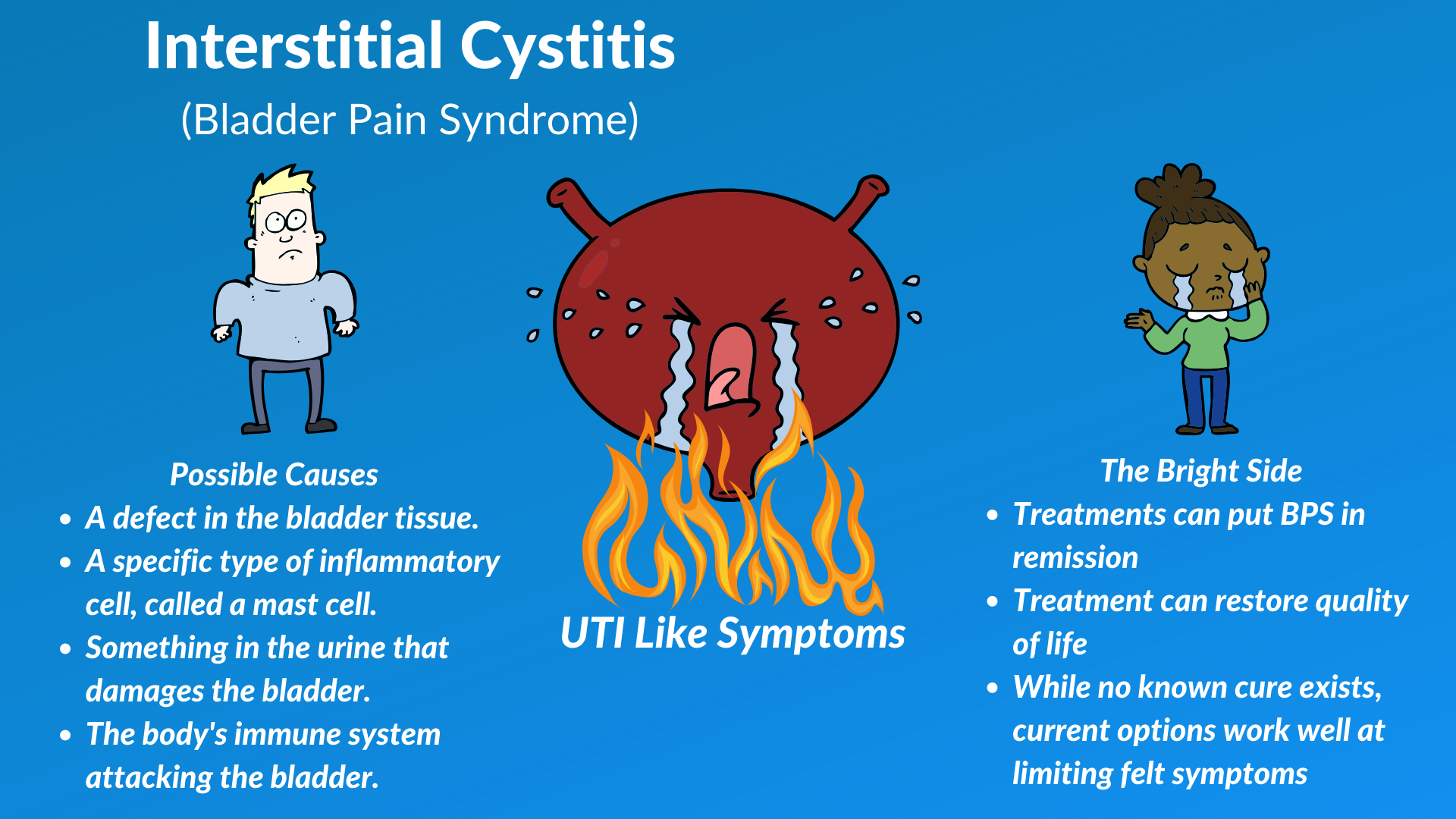 They help increase pelvic floor muscle tone and reduce urinary incontinence. However, they can cause side effects such as dizziness and nausea.
They help increase pelvic floor muscle tone and reduce urinary incontinence. However, they can cause side effects such as dizziness and nausea.
Muscle relaxants
Muscle relaxants such as baclofen can help improve pelvic floor muscle tone and reduce bladder prolapse. They may also help reduce urinary incontinence in women. However, they can cause drowsiness and muscle weakness.
Topical preparations
Topical preparations such as creams and gels are applied directly to the pelvic floor and help improve its tone. They may also contain herbal ingredients, such as horse chestnut, which helps strengthen muscles and blood vessels. Seat cushions may also be used to support the bladder and prevent it from drooping.
Rehabilitation after cystocele surgery
First days
Most patients experience pain and discomfort after cystocele surgery. In the early days, it is better to stay in bed and not get up unnecessarily. It is worth getting up on your feet only accompanied by medical personnel.
It is also important to monitor diuresis and control the amount and color of urine to avoid possible complications associated with the genitourinary system.
Exercises
Gradually after the operation, doctors recommend starting special exercises aimed at strengthening the muscles of the genitourinary region and restoring tissue tone. In the early days, it is recommended to perform light and simple exercises and gradually increase the load.
One of these exercises is “Kegel gymnastics”, the main essence of which is the repeated contraction and relaxation of the muscles of the bladder and vagina. Also useful exercises are physiotherapy and yoga for women.
Proper nutrition
Good nutrition is one of the important aspects of rehabilitation after cystocele surgery. It is important to follow the recommended doses of nutrients such as proteins, fats and carbohydrates. It is important to increase your intake of vegetables, fruits and grains. You should also avoid foods that can cause constipation and gas.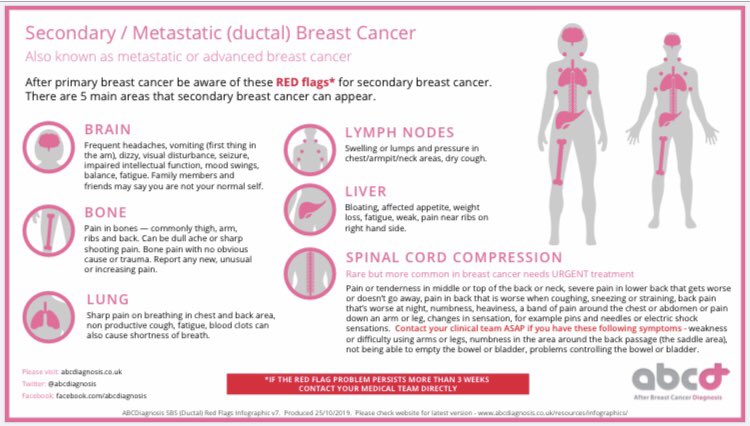
Visits to the doctor
After discharge from the hospital, it is recommended to have regular consultations with your doctor. Mandatory visits are 2-3 weeks after the operation, and then every 1-2 months. This is necessary to monitor the state of healing, determine the effectiveness of treatment, and possibly adjust the diet and exercise program.
Cystocele: possible complications if left untreated
Urinary tract infections
In the presence of a cystocele, stasis of urine in the bladder can occur, predisposing to urinary tract infections. Infections can lead to pain when urinating, swelling of tissues, and fever.
Kidney failure
In a cystocele, the bladder can become very distended, which can lead to kidney failure and kidney failure. Kidney failure can lead to edema, high blood pressure, and indigestion.
Urethritis and cystitis
An untreated cystocele can cause permanent trauma to the lining of the bladder and urethra, which can lead to urethritis and cystitis. These diseases are characterized by pain in the lower abdomen, fever and frequent urination.
These diseases are characterized by pain in the lower abdomen, fever and frequent urination.
Inability to libido
Cystocele can cause dysfunction of the reproductive system, since prolapse of the bladder can often lead to disruption of the natural position of the pelvis. This complication can pose a danger to the psycho-emotional state of a woman and her intimate life.
Prevention of cystocele: expert advice
Cystocele is a common ailment faced by many women. However, with some simple recommendations, you can reduce the risk of its occurrence or delay its occurrence for many years.
- Strengthening the pelvic floor muscles is one of the key points in the prevention of cystocele. Regular muscle exercises, such as Kegels, will help you keep your pelvic muscles toned and prevent cystocele from developing.
- Watch your weight – Being overweight can cause a prolapsed bladder. Try to maintain a normal weight and watch your diet.

- Do not overexert your abdominal muscles – When lifting weights, try to use your leg muscles, not your abdominals. Do not lift heavy objects unnecessarily.
- Avoid constipation – constipation can cause pressure on the bladder and worsen cystocele. Try to monitor your diet, drink more fluids and eat more fiber-rich foods.
- Do not twist your knees – excessive stress on the knee joints can lead to weakening of the pelvic muscles. Try to avoid doing exercises that stress your knees.
We repeat that the strengthening of the pelvic muscles and the correct lifestyle play an important role in the prevention of cystocele. However, if you already have symptoms of this disease, see your doctor. Treatment for a cystocele can be effective, especially if you seek help early.
Conclusions
Cystocele is a serious condition that should not be ignored
If you know you have been diagnosed with a cystocele, don’t put off going to the doctor. The sooner you seek help, the greater the chances of a full and successful recovery.
The sooner you seek help, the greater the chances of a full and successful recovery.
Treatment of cystocele should be complex and include not only drug therapy, but also exercises that strengthen the pelvic muscles. Surgery may also be required. Self-diagnosis and self-treatment will not lead to a result and may worsen the situation.
- Here are the main conclusions to remember about cystocele:
- Cystocele is the prolapse of the bladder into the urethra
- Weakening of the pelvic floor muscles is a common cause of this disease
- Treatment of cystocele should be complex
- Wounds her visit to the doctor may increase the chances for recovery
Related videos:
Q&A:
What is a cystocele?
A cystocele is a prolapse of the bladder that moves it out of its normal position and protrudes into the vagina. This is due to weakening of the muscles and ligaments that normally hold the bladder up at the top of the pelvis.
This is due to weakening of the muscles and ligaments that normally hold the bladder up at the top of the pelvis.
What are the symptoms associated with a cystocele?
The main symptoms of a cystocele are: a feeling of heaviness in the lower abdomen, frequent urination, incomplete emptying of the bladder, frequent urinary tract infections, possibly urinary incontinence.
How does a cystocele occur?
A cystocele is usually caused by weakening of the muscles and ligaments that hold the bladder up in the pelvis. This can occur due to pregnancy and childbirth, obesity, prolonged physical activity, aging, or chronic coughing. Also, a cystocele can be the result of operations associated with the removal of the uterus or the laying of a mesh to correct the fall of the pelvic organs.
How to determine the presence of a cystocele?
To determine the presence of a cystocele, examinations are performed, such as a gynecological examination, ultrasound of the bladder and urinary tract, cystometry – measurement of the volume of urine in the bladder before and after urination, Urodynamics – a special study that allows you to assess the functional state of the bladder.
How to treat a cystocele?
Treatment of cystocele may include conservative methods such as Kegel exercises, estrogen use, rehabilitation therapy, as well as surgical methods such as colpocelepexy, colpocendopexy, colposuspension. The choice of method depends on the degree of development of the cystocele and the individual characteristics of the patient.
Can a cystocele occur after childbirth?
Yes, cystocele often occurs after childbirth as a result of stretching of the muscles and ligaments of the small pelvis during labor. However, weakening of the muscles and ligaments can occur long after the baby is born.
causes, symptoms and treatment of bladder prolapse in women
Contents
- 1 Cystocele: symptoms, causes and treatment of bladder prolapse
- 1.1 Cystocele in women: causes, symptoms and treatment
- 1.1.1 Causes of a cystocele
- 1.1.2 Symptoms of a cystocele
- 1.1.3 Treatment of a cystocele
- 1.
 2 Cystocele: causes, symptoms and treatment of bladder prolapse in women 90 004
2 Cystocele: causes, symptoms and treatment of bladder prolapse in women 90 004 - 1.2.1 What is a cystocele?
- 1.1 Cystocele in women: causes, symptoms and treatment
- 1.3 Cystocele: causes, symptoms and treatment of bladder prolapse in women
- 1.3.1 What factors can cause a cystocele?
- 1.4 What are the symptoms of a cystocele?
- 1.5 How is a cystocele diagnosed?
- 1.6 Complications of a cystocele
- 1.7 How can a cystocele be treated?
- 1.7.1 Noncomplex treatment
- 1.7.2 Surgical treatment
- 1.8.2 Diuretics
- 1.8.3 Tissue strengthening products
- 1.8 .4 Opioids
- 1.9.1 How it works
- 1.9.2 Purpose
- 1.9.3 Positive result
- 1.11.1 Anterior vaginal wall plasty
- 1.11.2 Pelvic floor plasty
- 1.
 11.3 Laparoscopic surgery
11.3 Laparoscopic surgery - 1.11. 4 Use of implants
- 1.14.0.1 What causes a cystocele?
- 1.14.0.2 What symptoms may indicate a cystocele?
- 1.14.0.3 What is the doctor’s diagnosis if a cystocele is suspected?
- 1.14.0.4 How to treat a cystocele?
- 1.14.0.5 What complications can occur if a cystocele is left untreated?
- 1.14.0.6 Can cystocele be prevented in women?
A cystocele is a common prolapsed bladder in women that occurs due to weakening of the pelvic floor muscles. The article talks about the causes, symptoms and treatment of cystocele, as well as what preventive measures can help avoid this disease.
Cystocele is a common disease in women, which is associated with prolapse of the bladder and disruption of its functioning. This is a condition that can lead to serious consequences, including urinary incontinence and urinary tract infections.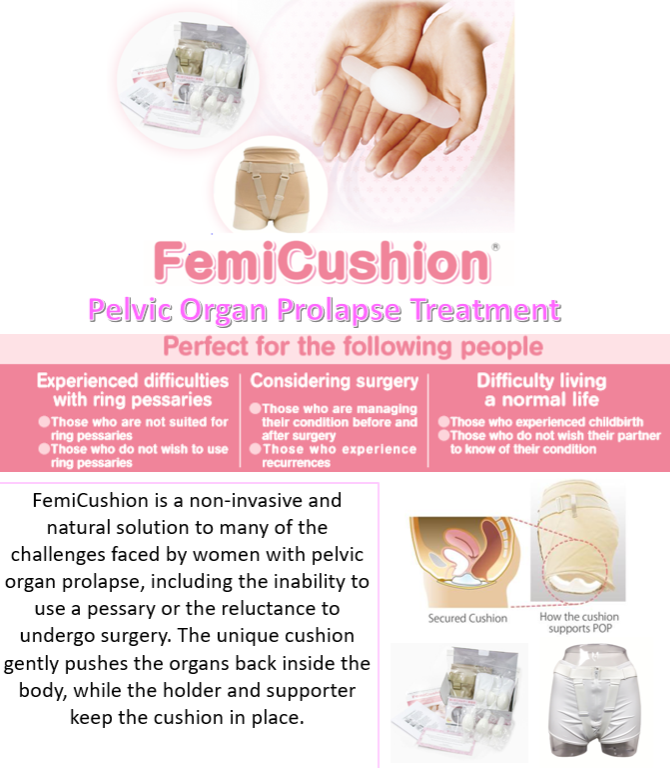
Although cystocele is not a fatal disease, it can seriously affect women’s quality of life. In this article, we will look at the causes of cystocele development, its symptoms and treatment methods.
If you are experiencing problems with urination, pain in the lower abdomen and pressure in the area of the bladder, see a specialist for diagnosis and optimal treatment. After all, a disease detected in time and adequately treated will not be able to stop your life, but, on the contrary, will return joy and comfort in everyday activities.
Cystocele in women: causes, symptoms and treatment
Causes of cystocele
One of the main causes of cystocele is a weakening of the pelvic floor muscles. This can be caused by pregnancy and childbirth, obesity, age-related changes and other factors.
Cystocele may also occur due to surgery, hormonal disorders, or long-term use of hormonal contraception.
Symptoms of a cystocele
The main symptom of a cystocele is a feeling of heaviness and discomfort in the lower abdomen.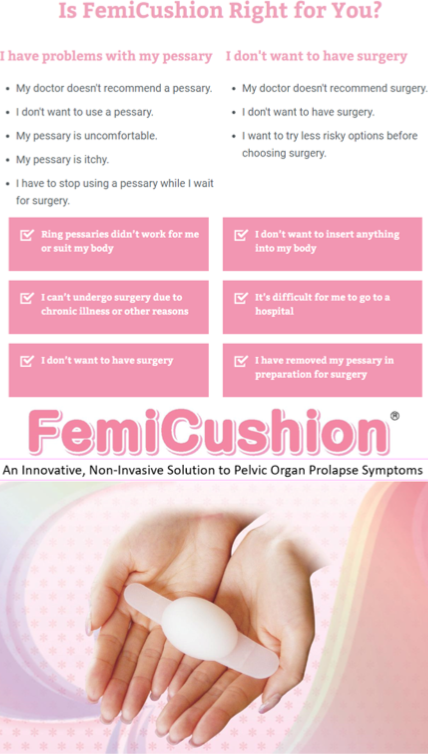 In this case, women may experience frequent involuntary urination, especially during physical exertion.
In this case, women may experience frequent involuntary urination, especially during physical exertion.
There may also be pain in the lower abdomen, back and perineum, as well as irregular menstruation.
Treatment of a cystocele
Treatment of a cystocele can be conservative or surgical, depending on the degree and nature of bladder prolapse.
Conservative treatment may include special exercises to strengthen the muscles of the pelvic floor, as well as the use of electrical stimulation and physiotherapy.
It is important to see a specialist at the first sign of a cystocele in order to get the correct diagnosis and appropriate treatment.
Cystocele: causes, symptoms and treatment of bladder prolapse in women
What is a cystocele?
A cystocele is a condition in which the bladder descends into the vaginal cavity. The descent of the bladder is associated with a decrease in the tone of the muscles and ligaments that support its position in the pelvis.
Women at any age can suffer from cystocele, but it is more common after childbirth, in which the pelvic floor muscles can be damaged. Also, the risk of prolapse of the bladder increases with age, associated with a decrease in estrogen levels, which play an important role in maintaining the health of the pelvic floor tissues.
A prolapsed bladder can lead to a variety of symptoms, including frequent urination, incomplete emptying of the bladder, pain during intercourse, and protrusion of tissue from the vagina.
Treatment for a cystocele may include pelvic floor strengthening, lifestyle changes, or surgery. For each patient, an individual approach to treatment is recommended, which will depend on the severity of symptoms and other factors.
Cystocele: causes, symptoms and treatment of bladder prolapse in women
What factors can cause a cystocele?
A cystocele occurs when the pelvic floor muscles become weak and unable to support the bladder in place. Many factors can lead to weakening of these muscles:
Many factors can lead to weakening of these muscles:
- Childbirth is the main cause of cystocele in women. During childbirth, the pelvic floor muscles are stretched, which can lead to a weakening of their functions.
- Age – with age, muscle tissues weaken, which can lead to the appearance of a cystocele.
- Pelvic surgery – after surgery on the pelvic organs, such as the uterus or ovaries, there may be problems with the ligaments and muscles responsible for supporting the bladder.
- Chronic cough – with frequent bouts of coughing, the pelvic floor muscles can weaken.
- Obesity – being overweight can put extra pressure on the bladder and weaken the pelvic floor muscles.
However, it should be noted that many women may have weakened pelvic floor musculature without suffering from a cystocele. The main factor that leads to the occurrence of this disease is a combination of two or more risk factors.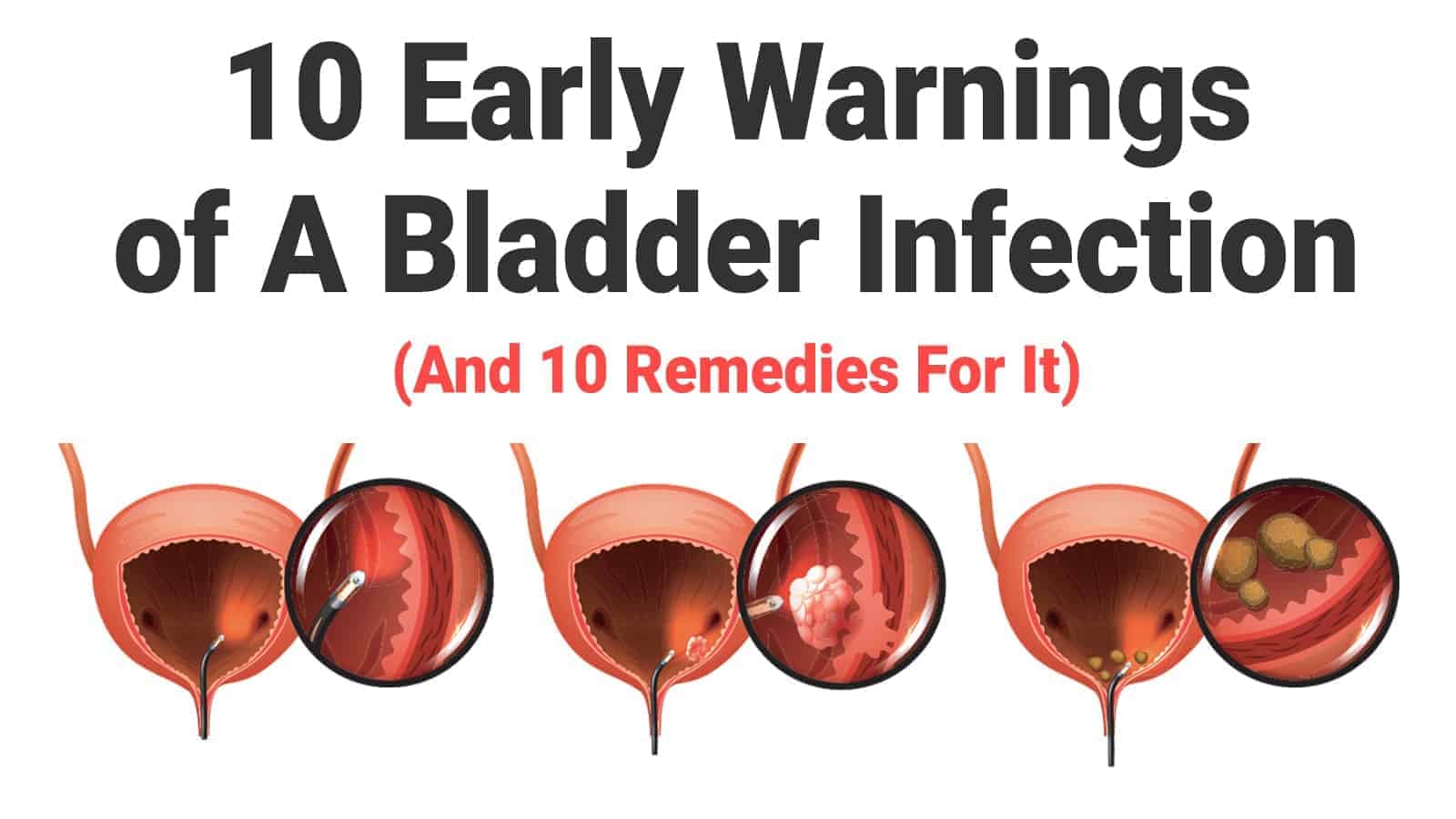
What are the symptoms of a cystocele?
A cystocele presents with a variety of symptoms that may vary depending on the degree of bladder prolapse. The most common signs of a cystocele include:
- Discomfort — Women with a cystocele may experience discomfort or tenderness in the bladder area, especially after exercise or prolonged standing.
- Unpleasant feeling of urological congestion – Women may experience a feeling that the bladder is full, even if it is not full.
- Urination frequency — Women with cystocele may go to the toilet frequently to empty their bladders, but usually leave the toilet with little relief.
- Sexual dysfunctions — A cystocele can cause pain during intercourse and may make it impossible to achieve orgasm.
- Nervous disorders possible — In rare cases, a cystocele can cause unreasonable anxiety and stress.
If you have symptoms that may indicate a cystocele, see your doctor for diagnosis and treatment. It is possible that surgery or other treatments are needed to prevent the condition from worsening.
It is possible that surgery or other treatments are needed to prevent the condition from worsening.
How is a cystocele diagnosed?
Diagnosis of a cystocele includes a history, examination by a gynecologist, and additional investigations. The doctor asks the patient questions about the age, the number of births, the presence of complications after surgery, and others. The examination is carried out in the position of the patient standing, as well as in the supine position, with feet on the washboard.
It is important to diagnose a cystocele as early as possible, because if left untreated it can progress, leading to complications and a deterioration in the patient’s quality of life. Therefore, at the first symptoms of bladder prolapse, it is necessary to consult a specialist.
Complications of a cystocele
Late treatment of a cystocele can cause serious complications. First of all, it can lead to urinary tract infections due to obstruction of the outflow of urine.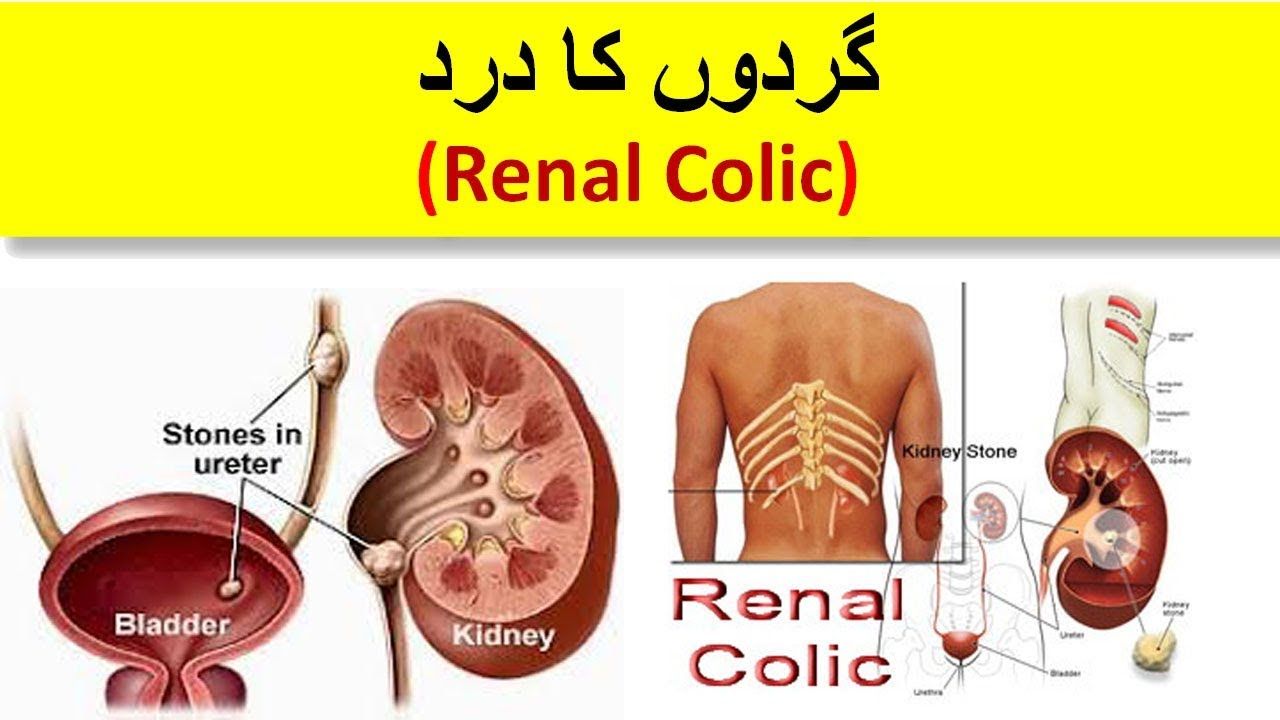 This can lead to regular urinary tract infections, which in turn can lead to pyelonephritis and other serious illnesses.
This can lead to regular urinary tract infections, which in turn can lead to pyelonephritis and other serious illnesses.
Another possible complication is the inability to fully urinate, which can cause accumulation of urine in the bladder, which leads to distension of the bladder walls and increased pressure on them, which can lead to the development of cystitis and other diseases of the urinary system.
In addition, prolonged presence of a cystocele can lead to bladder deformity and damage to the pelvic floor muscles, which can lead to further depression.
If a cystocele persists for a long time, it can lead to dysuric disorders, including delayed onset of urination, frequent urination, painful urination, and even inability to urinate spontaneously.
How can a cystocele be treated?
Non-complex treatment
In some cases, cystoceles can be treated with Kegel exercises. Such exercises help to strengthen the pelvic floor muscles, which helps to reduce the symptoms of cystocele.
A pessary, a special medical device that is placed in the vagina to support the bladder, can also be used to treat a cystocele.
Surgery
If non-complex treatment fails, surgery may be required to treat the cystocele. Surgical treatment may include strengthening the pelvic floor tissues, removing excess tissue, or redirecting the urethra to allow urine to pass more efficiently.
Depending on the complexity of the case, the operation can be performed using minimally invasive techniques or open surgery.
After surgery, the patient should follow all the doctor’s recommendations for self-care and exercises to avoid the recurrence of cystocele.
Drugs for the treatment of cystocele
Estrogen drugs
Cystocele usually develops due to a decrease in the level of estrogen in the woman’s body. Therefore, the appointment of estrogenic drugs can help improve the condition of the bladder. Transdermal estrogens are often prescribed in the form of a patch or gel, which can reduce the symptoms of a cystocele.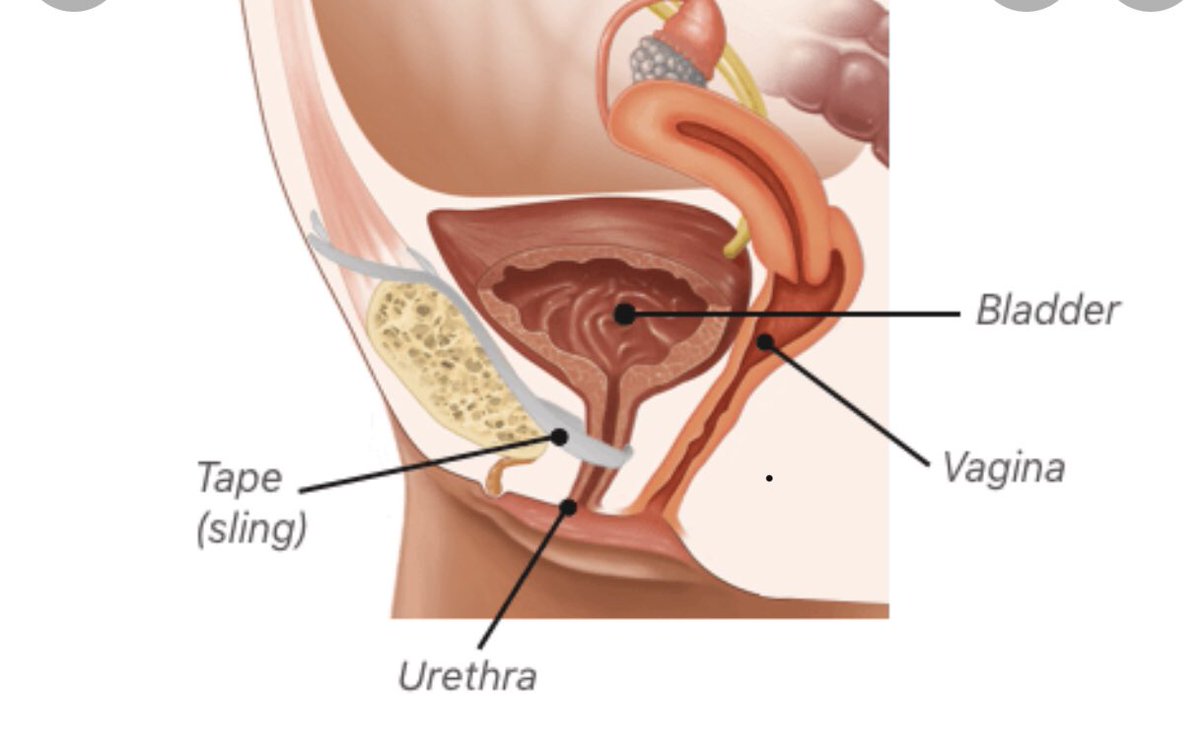
Diuretics
Diuretics can help increase urine output and reduce pressure on the bladder. Your doctor may prescribe medications such as diuretics or sodium reabsorption inhibitors. It is important not to overuse diuretics, as they can cause dehydration and confusion.
Tissue strengthening drugs
There are a number of medicines that can help strengthen the tissues in the bladder area. These can be preparations containing collagen, amino acids and other substances that can increase tissue elasticity and improve their structure.
Opioids
Opioids can help reduce the pain and discomfort associated with a cystocele. A doctor may prescribe long-term use of opioids if other treatments are not working.
- It is important to remember that drugs should only be prescribed by a doctor.
- Medication should be combined with other treatments such as exercise, diet and lifestyle changes.
- Diuretics should not be abused as they can cause dehydration and confusion.

Physiotherapy as a way to combat cystocele
How it works
Physiotherapy is a set of medical procedures aimed at strengthening the muscles of the pelvic floor, which in turn helps to eliminate problems with urination. It can include both methods carried out by a doctor, and those that can be performed independently at home.
Prescription
Physiotherapy is a safe and effective treatment for cystocele and is recommended for both recovery from surgery and prevention. Depending on the degree of development of the disease and the individual characteristics of the patient, the doctor may prescribe procedures such as electrical stimulation of the pelvic muscles, phonophoresis, magnetotherapy, acupuncture, etc. It is also important to conduct regular exercises for the pelvic muscles, which can be performed at home in accordance with an individual training program.
Positive result
Physiotherapy helps to increase the tone of the pelvic muscles, which helps to eliminate problems with urination and reduce bladder prolapse.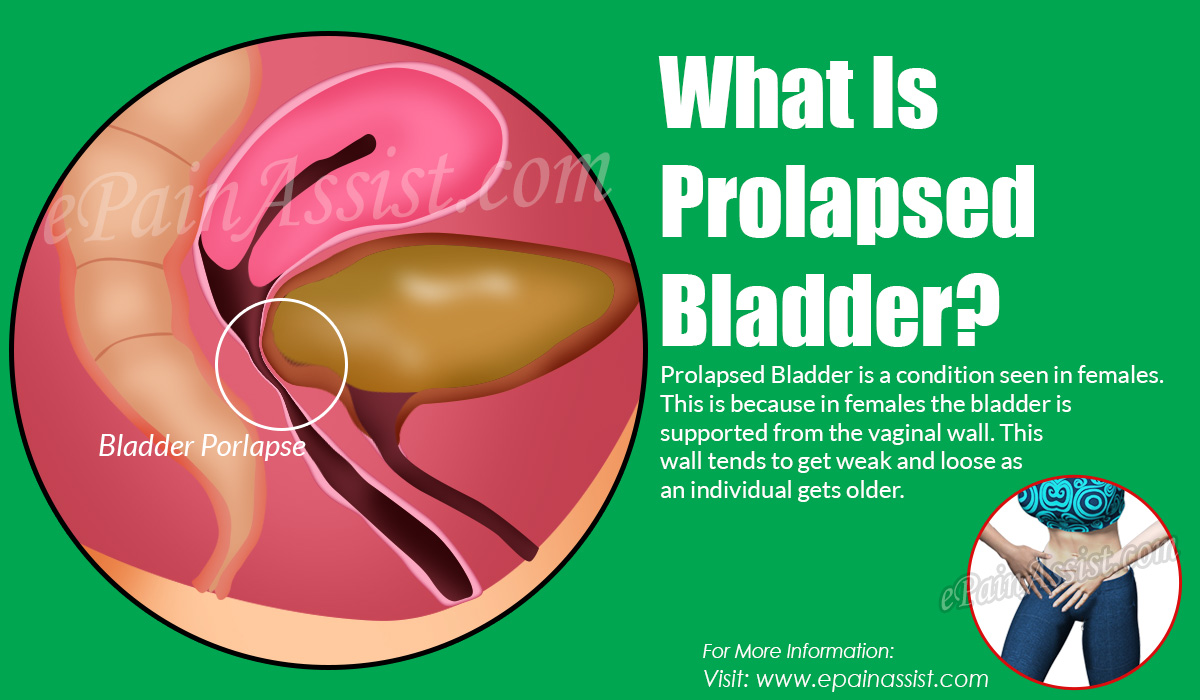 With regular pelvic muscle exercises, blood circulation in the pelvic region improves, which improves the overall health of a woman and she feels more confident in everyday life.
With regular pelvic muscle exercises, blood circulation in the pelvic region improves, which improves the overall health of a woman and she feels more confident in everyday life.
- Physiotherapy is a safe and effective treatment for cystocele
- The doctor may prescribe electrical stimulation of the pelvic muscles, phonophoresis, magnetotherapy, acupuncture, etc.
- Exercises for the pelvic muscles help strengthen the tone of the pelvic muscles
When is it necessary to use surgical treatment of a cystocele?
A cystocele is a prolapsed bladder in women that causes pain and disruption of the urinary system. In some cases, cystoceles do without surgery, but sometimes you can not do without surgery.
Cystocele surgery is recommended if:
- Bladder prolapse has reached grade 3;
- The patient becomes difficult to retain urine, even with the slightest physical exertion, coughing or sneezing;
- The use of contraceptives such as intramaternal coils or medications causes increased symptoms of cystocele;
- Cystocele associated with other diseases of the urinary system, such as urolithiasis or urinary incontinence;
Also, if the patient experiences severe discomfort or pain that cannot be relieved by other methods, surgical treatment of cystocele may be the only way out.
Cystocele surgery is necessary if there are certain indications, and should only be ordered by a doctor after a complete examination and an accurate diagnosis.
Methods of surgical treatment of cystocele
Anterior vaginal wall plasty
One of the most common methods of cystocele treatment is anterior vaginal wall plasty. It consists in the fact that the surgeon returns the bladder to its anatomical position, and the anterior wall of the vagina is strengthened with special sutures or implants.
Pelvic floor surgery
Pelvic floor surgery is another surgical treatment for cystocele. This type of operation is performed quite rarely and is used when plastic surgery of the anterior wall of the vagina does not give the desired effect. During the operation, the surgeon restores the mobility of the bladder by strengthening the pelvic floor.
Laparoscopic surgery
Laparoscopic surgery is an innovative method of treating cystoceles using a laparoscope. The laparoscope allows the surgeon to see the internal organs without cutting into the abdominal cavity. The laparoscopic method of treating cystocele is less traumatic for the body and reduces the recovery time after surgery.
The laparoscope allows the surgeon to see the internal organs without cutting into the abdominal cavity. The laparoscopic method of treating cystocele is less traumatic for the body and reduces the recovery time after surgery.
Use of implants
Another treatment for cystocele is the use of implants. Together with plastic surgery of the anterior wall of the vagina, the surgeon inserts an implant inside – a special mesh made of polyurethane or other material that strengthens the anterior wall of the vagina and prevents the prolapse of the bladder.
- Please note: The choice of treatment for a cystocele depends on many factors, including the degree of bladder prolapse, the age and general condition of the patient, and the presence of other pathology.
- Important to remember: Cystocele can be surgically treated either openly or laparoscopically. The patient should definitely familiarize himself with all the available methods and consult with the surgeon before choosing a particular treatment method.

How to prevent a cystocele?
Cystocele can be caused by several factors such as childbirth, aging, obesity, chronic cough, etc. However, there are recommendations that help prevent the development of cystocele, here they are:
- Pelvic muscle strengthening – Regular Kegel exercises, yoga, Pilates, and other exercises that help strengthen the pelvic muscles can reduce the chance of developing a cystocele.
- Drinking enough fluids – Drinking enough water and other fluids helps maintain a healthy fluid balance in the body and prevent constipation, which can exacerbate cystocele symptoms.
- Maintaining a healthy weight and regular exercise – Excess weight can put additional pressure on the pelvic organs, which increases the likelihood of bladder prolapse. Regular exercise helps keep the bladder and other organs in a normal position.
- Avoiding prolonged sitting or standing – Prolonged sitting or standing can put additional pressure on the pelvic organs, which may increase the risk of developing a cystocele.
 It is recommended to take regular breaks and walks during work or prolonged sitting.
It is recommended to take regular breaks and walks during work or prolonged sitting.
Following these guidelines may help prevent or reduce the severity of a cystocele.
Related videos:
Q&A:
What causes a cystocele?
Cystocele can be caused by various causes, such as: childbirth, weakness of the pelvic floor muscles, chronic bladder disease, hormonal changes in the body, urinary disorders and other factors.
What symptoms may indicate a cystocele?
Among the main symptoms of a cystocele are: a feeling of pressure or heaviness in the lower abdomen, frequent urination, incomplete emptying of the bladder, pain during sexual intimacy, bad breath.
What is the doctor’s diagnosis if a cystocele is suspected?
To diagnose a cystocele, your doctor will examine and order an ultrasound of your bladder, ureters, and kidneys.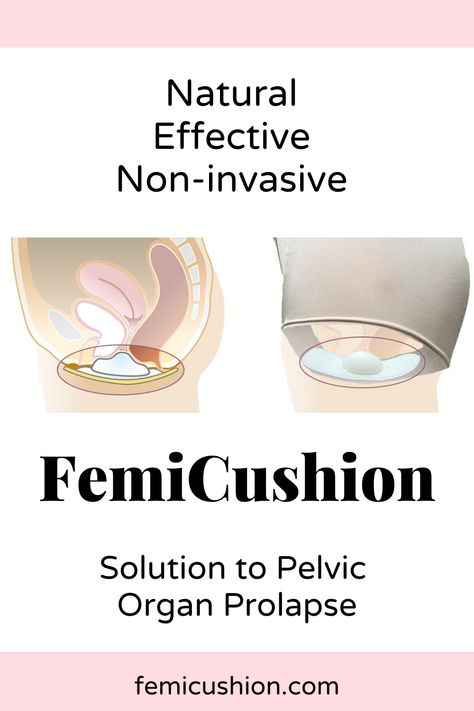

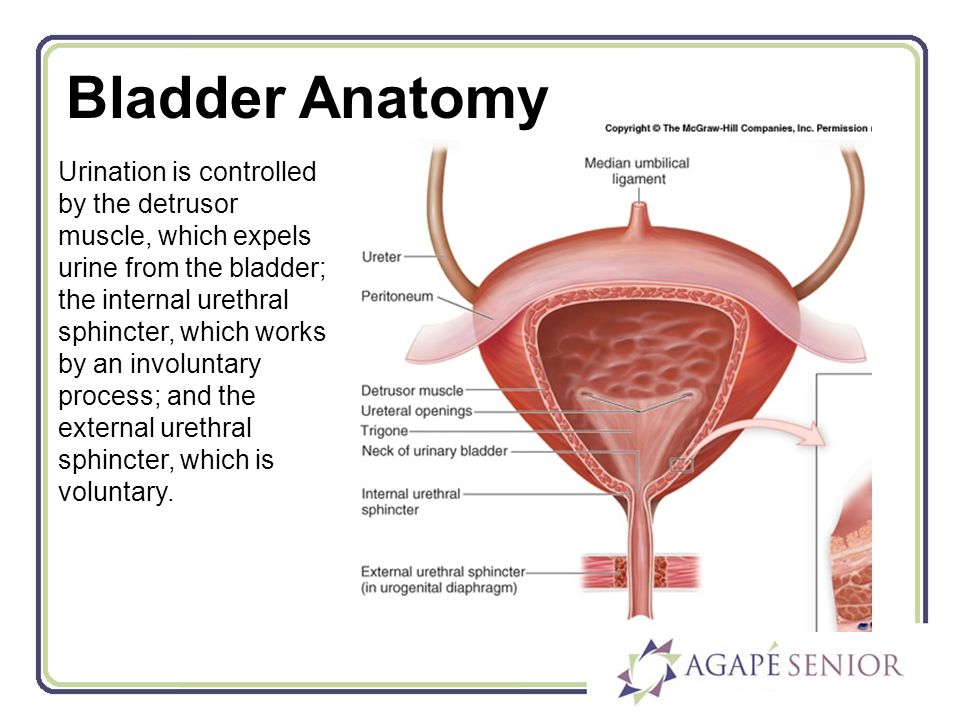 Pessaries must be removed and cleaned at regular intervals to prevent infection. Some pessaries are designed to allow the woman to do this themselves. A doctor must remove and clean other types. Estrogen cream is commonly used along with a pessary to help prevent infection and vaginal wall erosion. Some women find that pessaries are uncomfortable or that they easily fall out.
Pessaries must be removed and cleaned at regular intervals to prevent infection. Some pessaries are designed to allow the woman to do this themselves. A doctor must remove and clean other types. Estrogen cream is commonly used along with a pessary to help prevent infection and vaginal wall erosion. Some women find that pessaries are uncomfortable or that they easily fall out.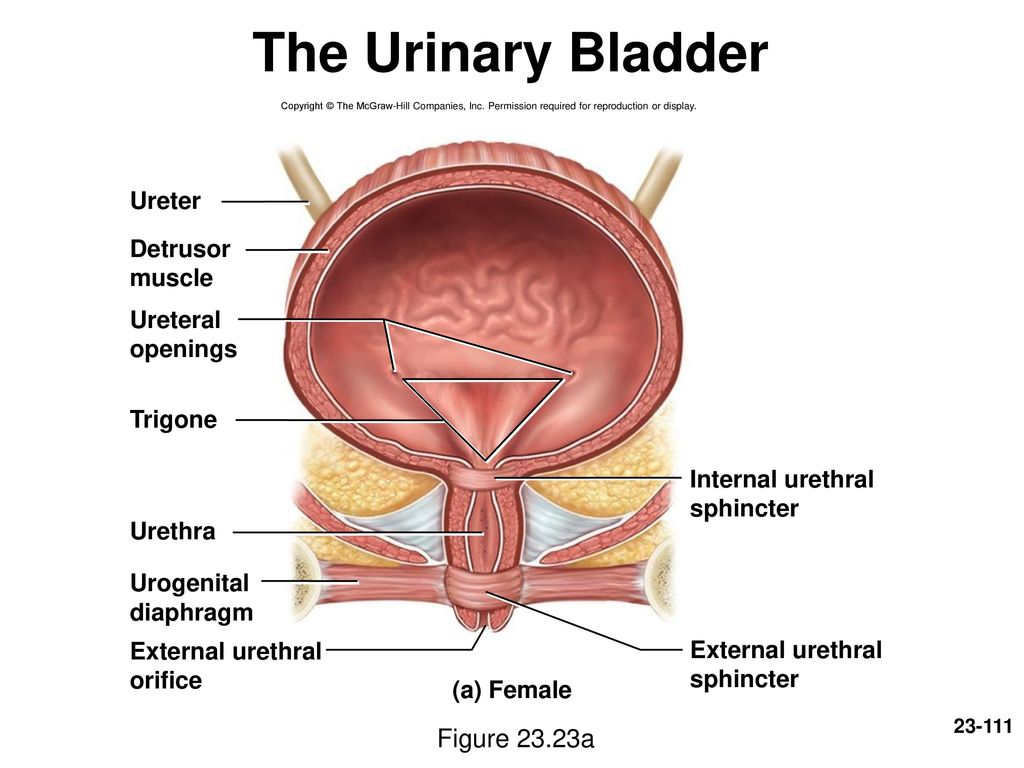 The sensor can monitor the muscular contractions during the exercises, and the doctor may be able to determine if the targeted muscles would benefit from the exercises.
The sensor can monitor the muscular contractions during the exercises, and the doctor may be able to determine if the targeted muscles would benefit from the exercises.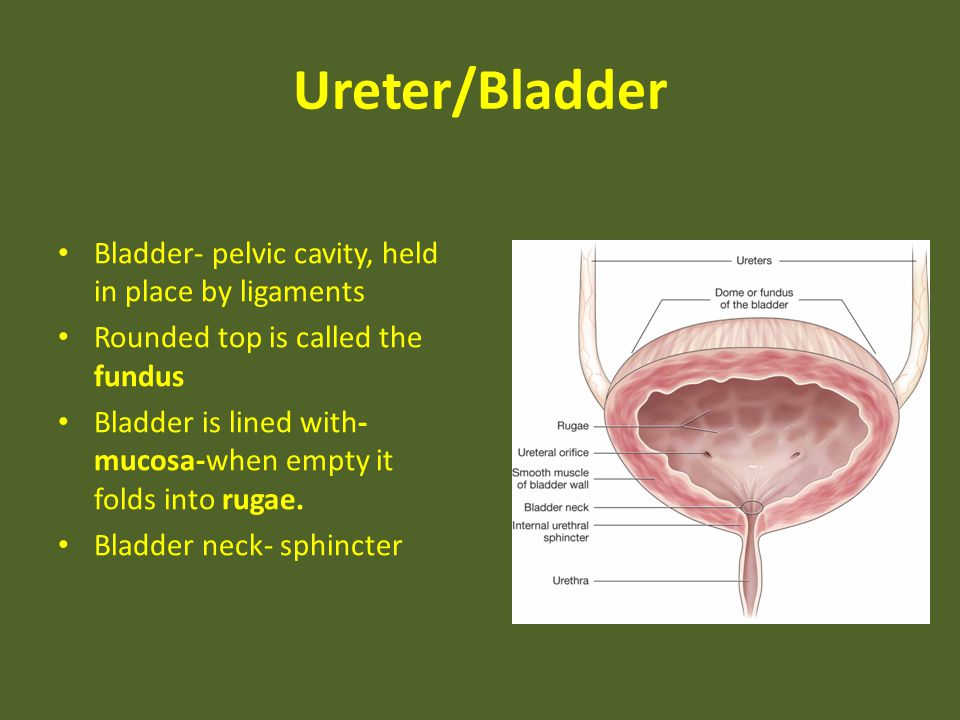
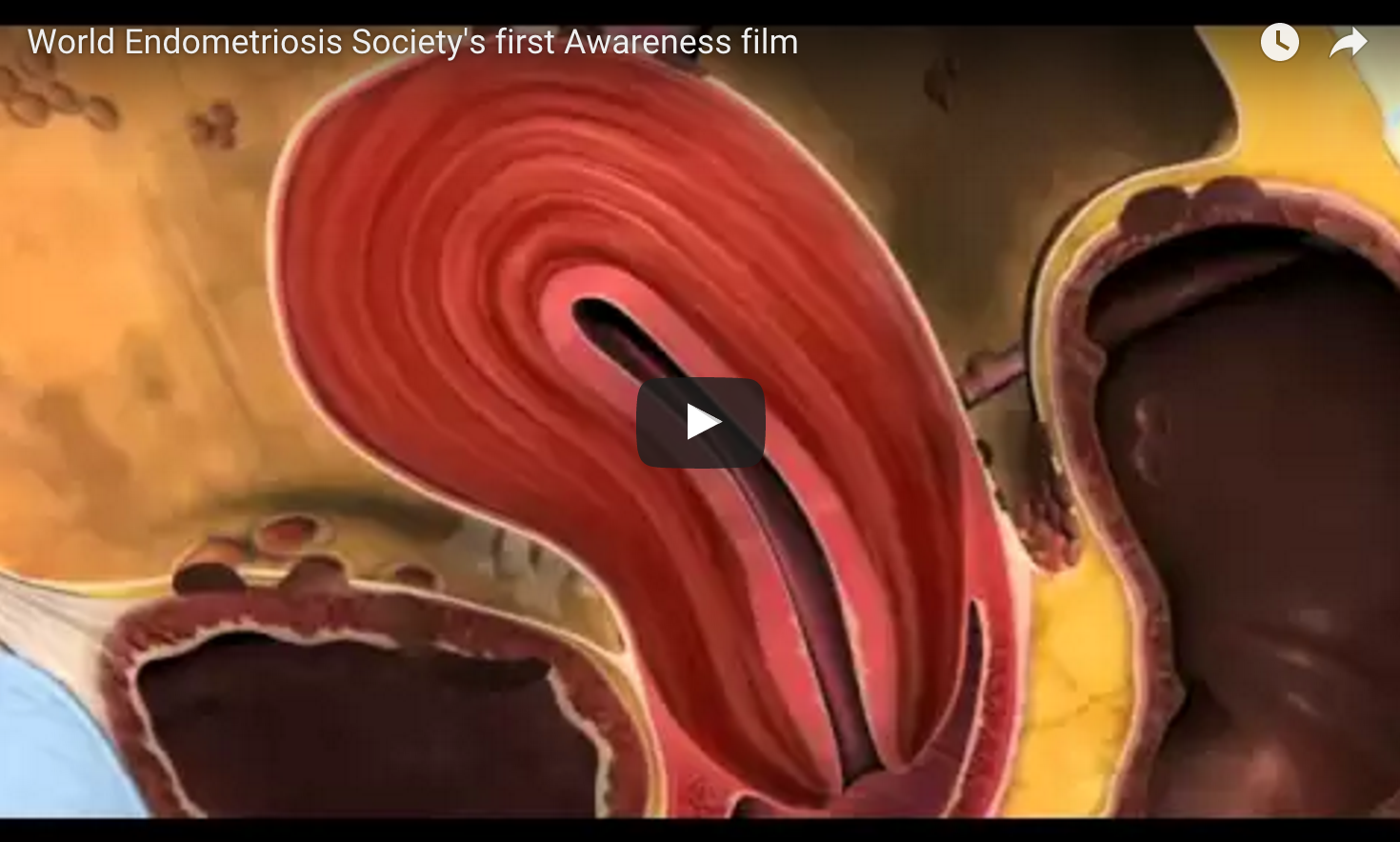
 This activates the muscles of the pelvic floor and may help treat incontinence.
This activates the muscles of the pelvic floor and may help treat incontinence. 1 Cystocele: symptoms, causes and treatment of bladder prolapse
1 Cystocele: symptoms, causes and treatment of bladder prolapse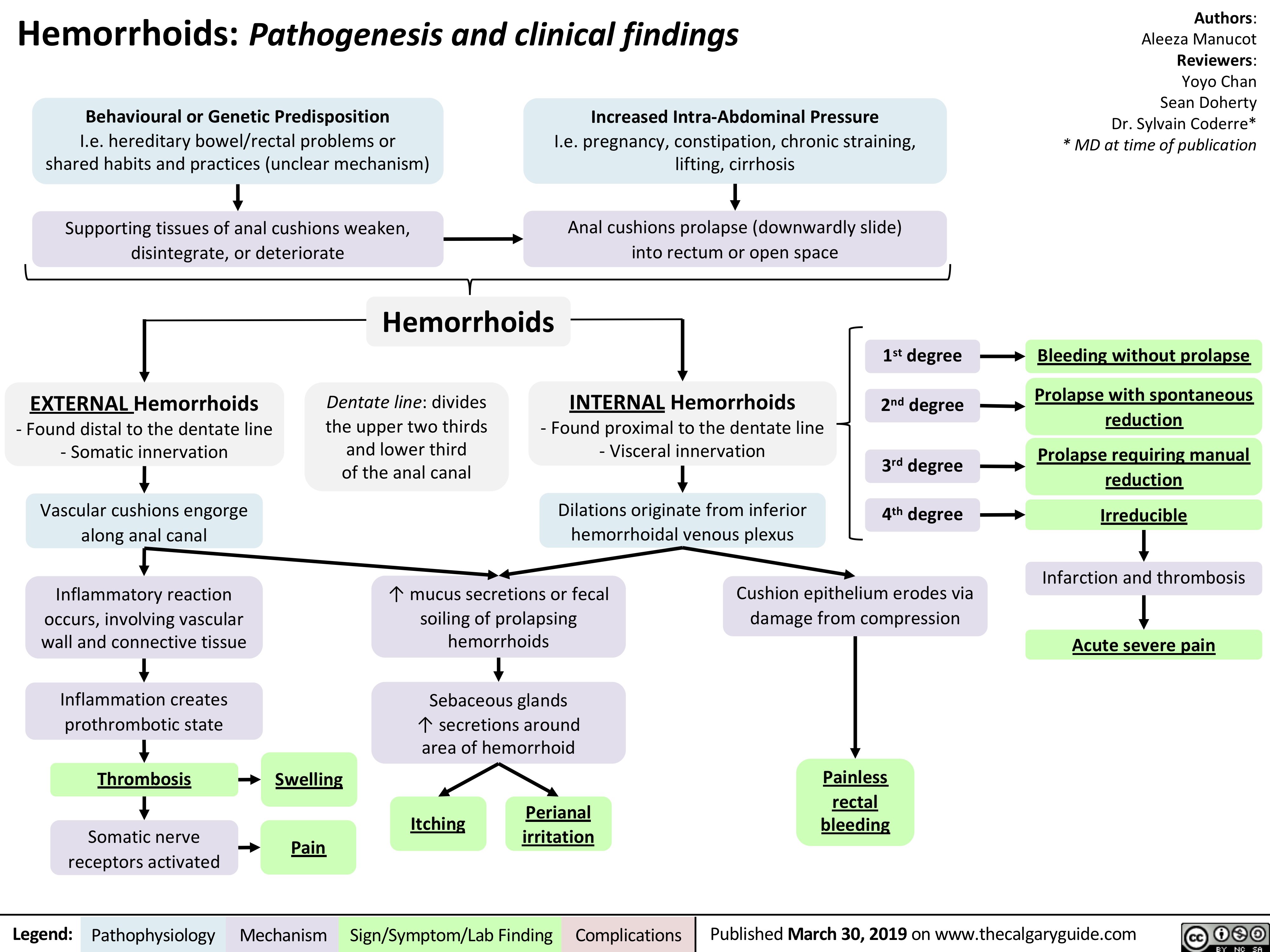 8. 1 First days
8. 1 First days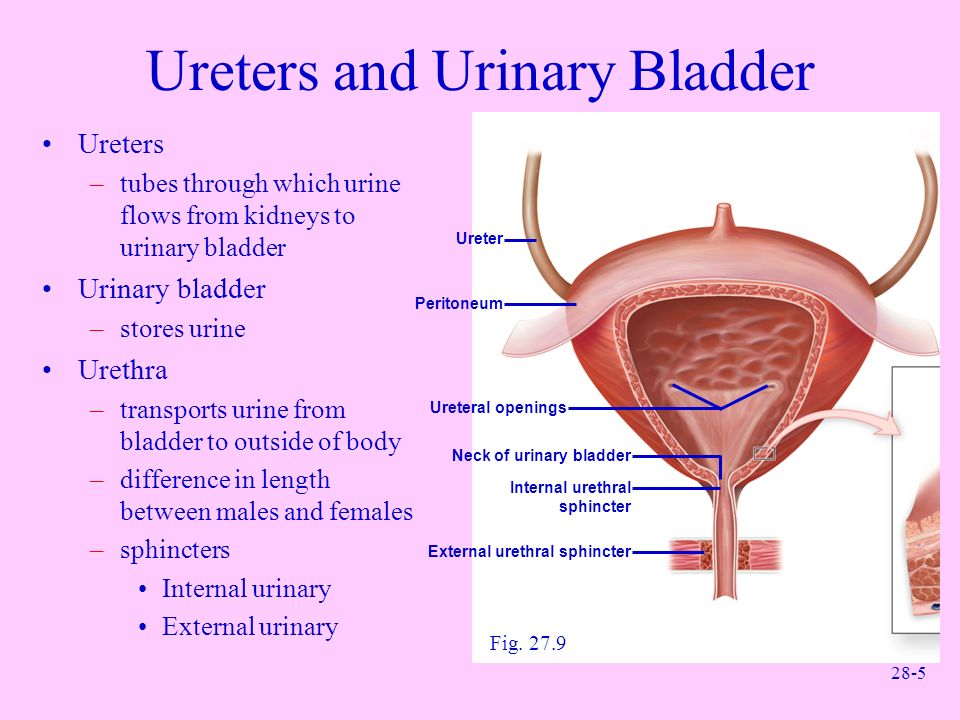

 2 Cystocele: causes, symptoms and treatment of bladder prolapse in women 90 004
2 Cystocele: causes, symptoms and treatment of bladder prolapse in women 90 004 11.3 Laparoscopic surgery
11.3 Laparoscopic surgery

 It is recommended to take regular breaks and walks during work or prolonged sitting.
It is recommended to take regular breaks and walks during work or prolonged sitting.